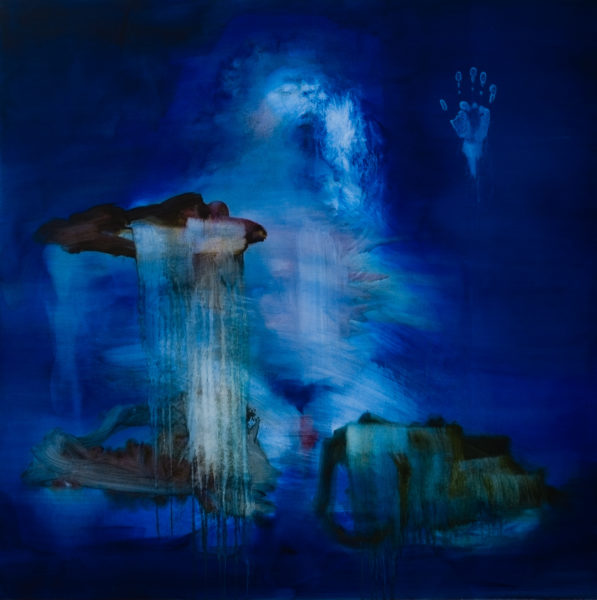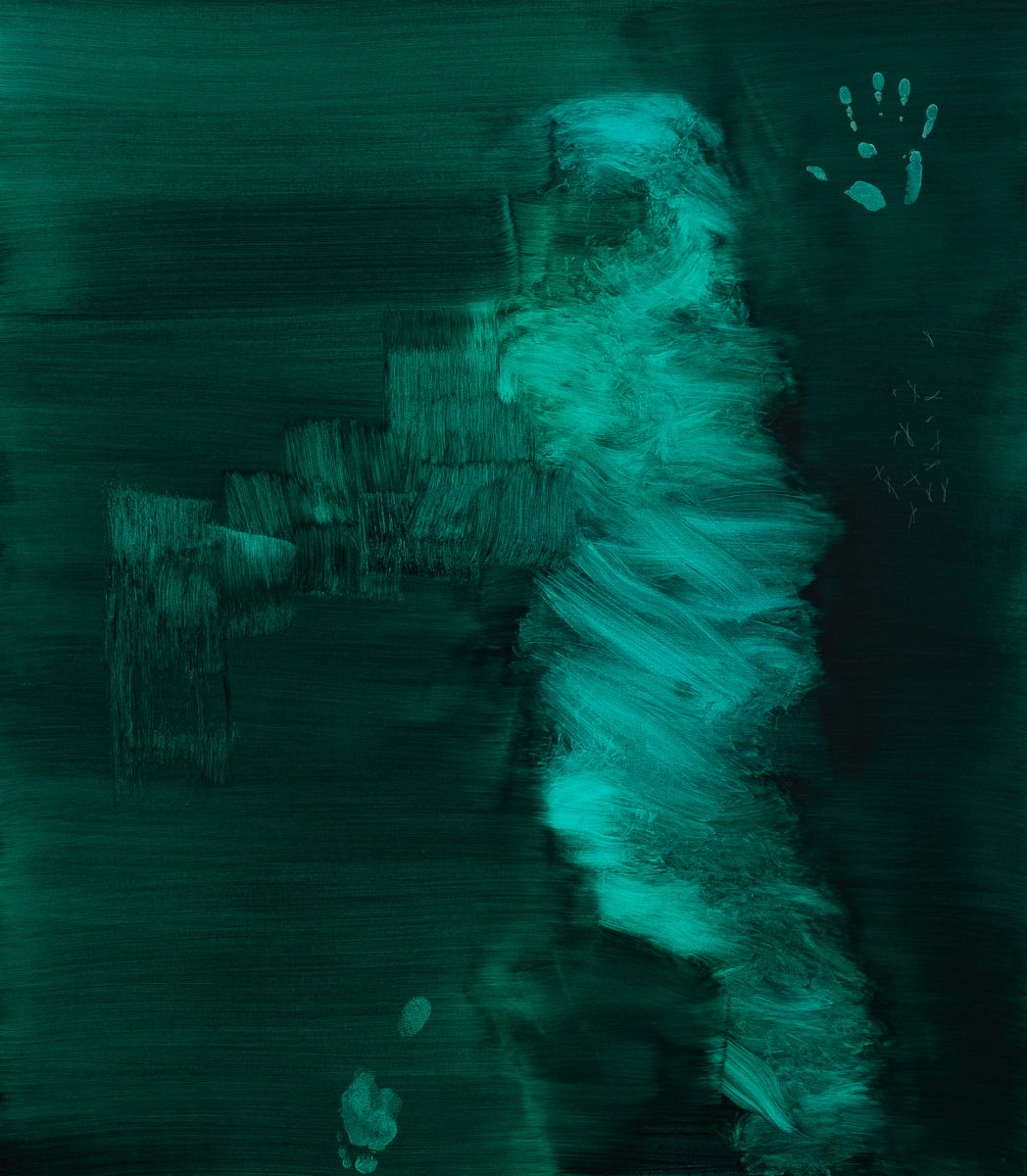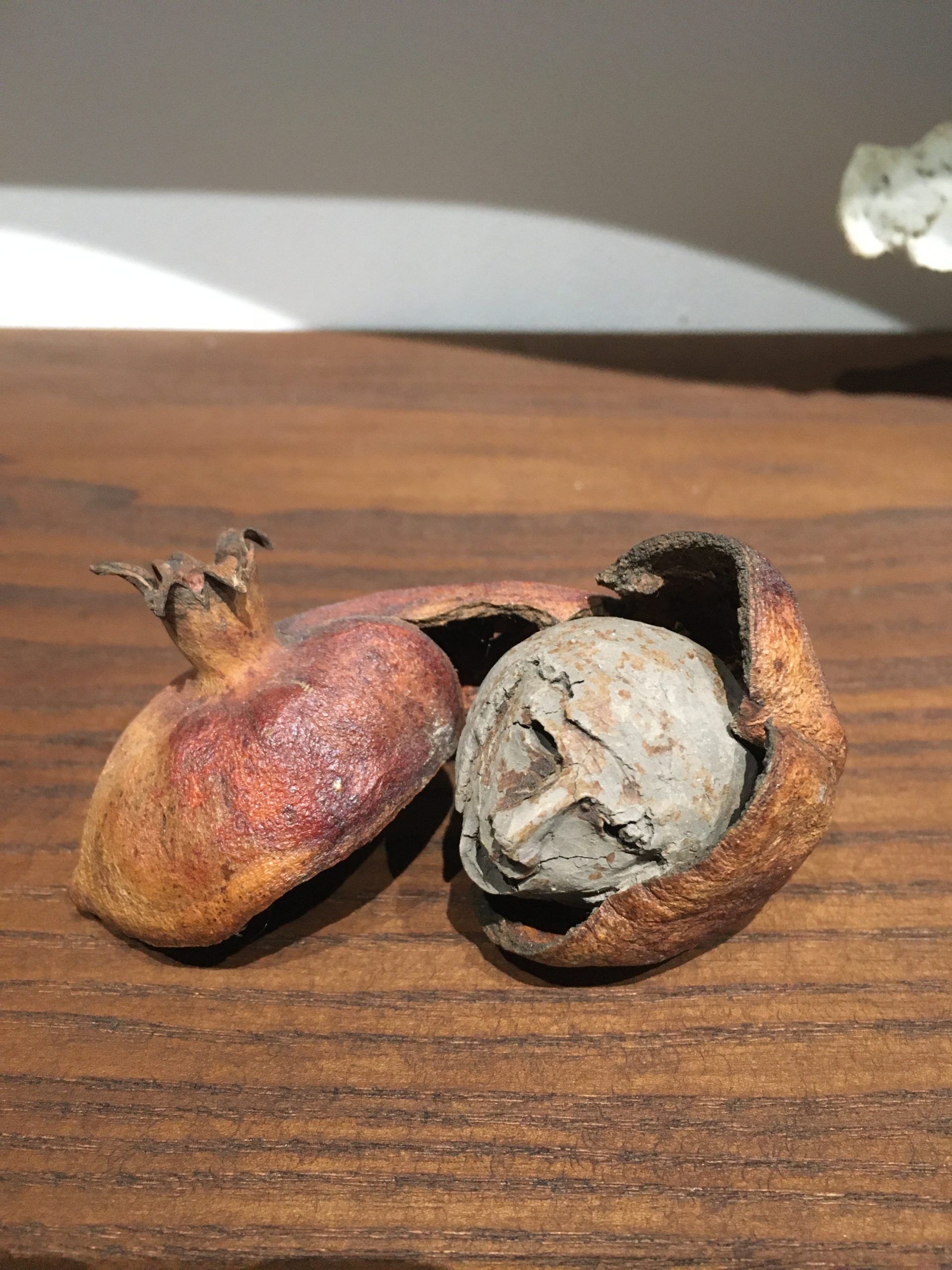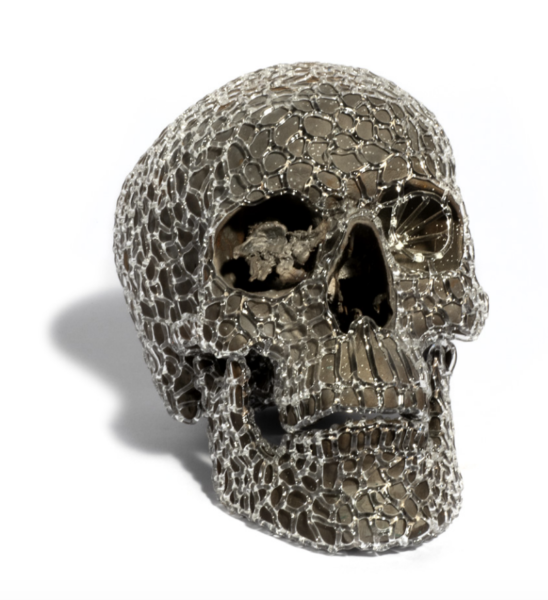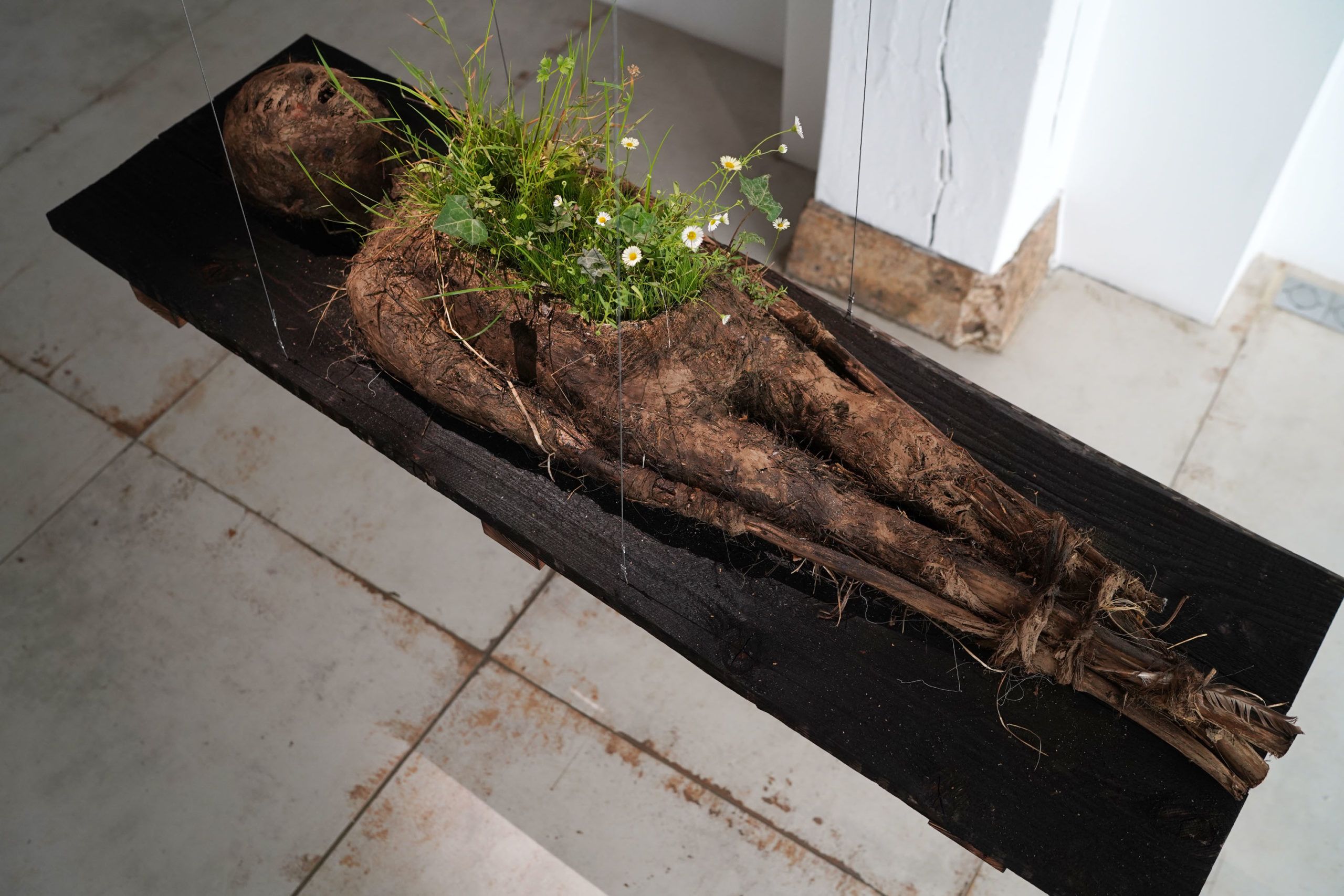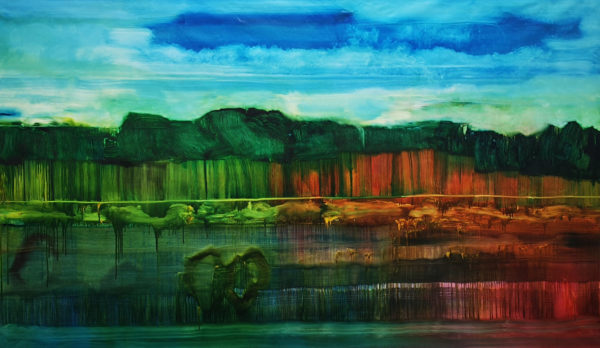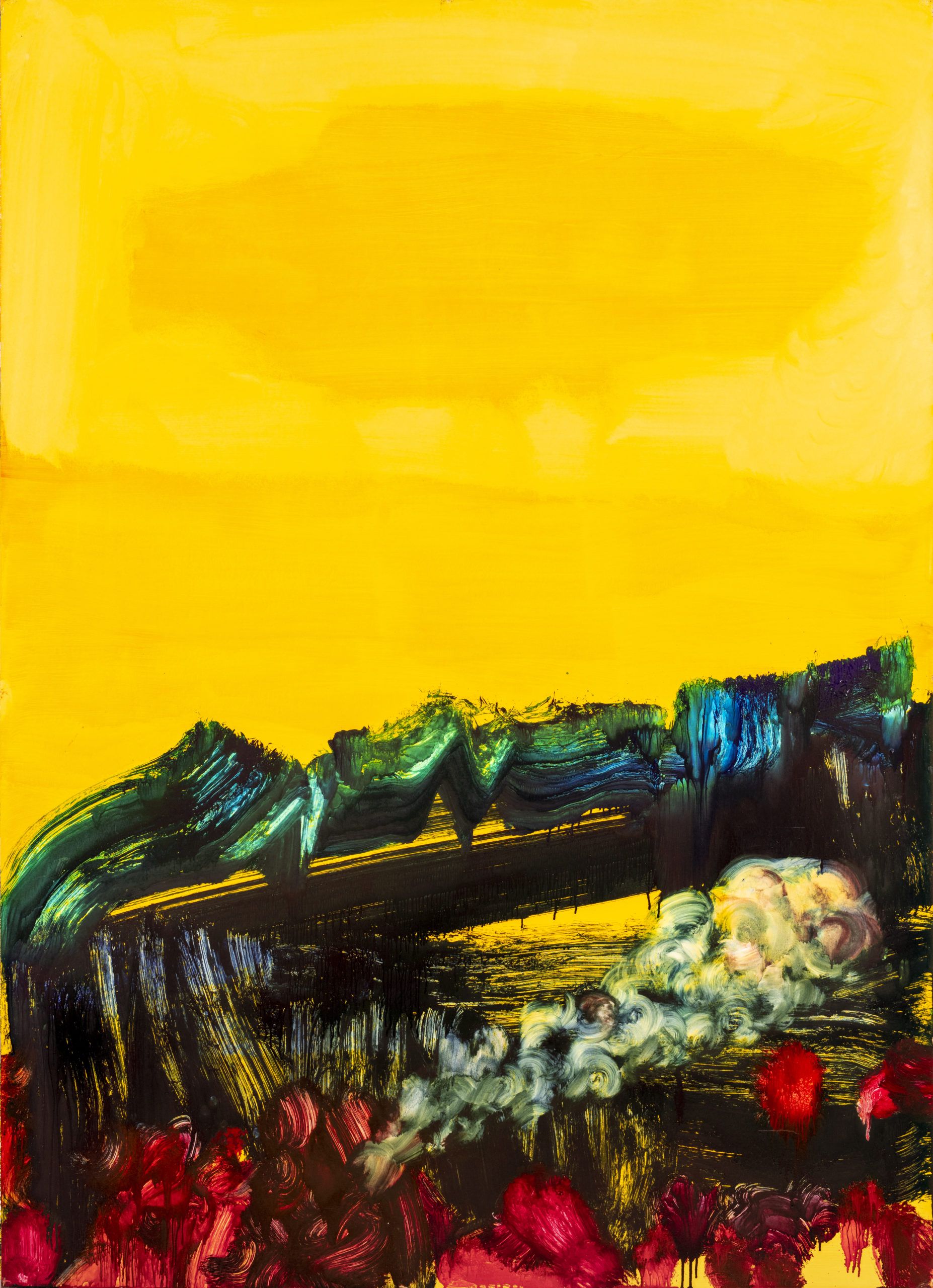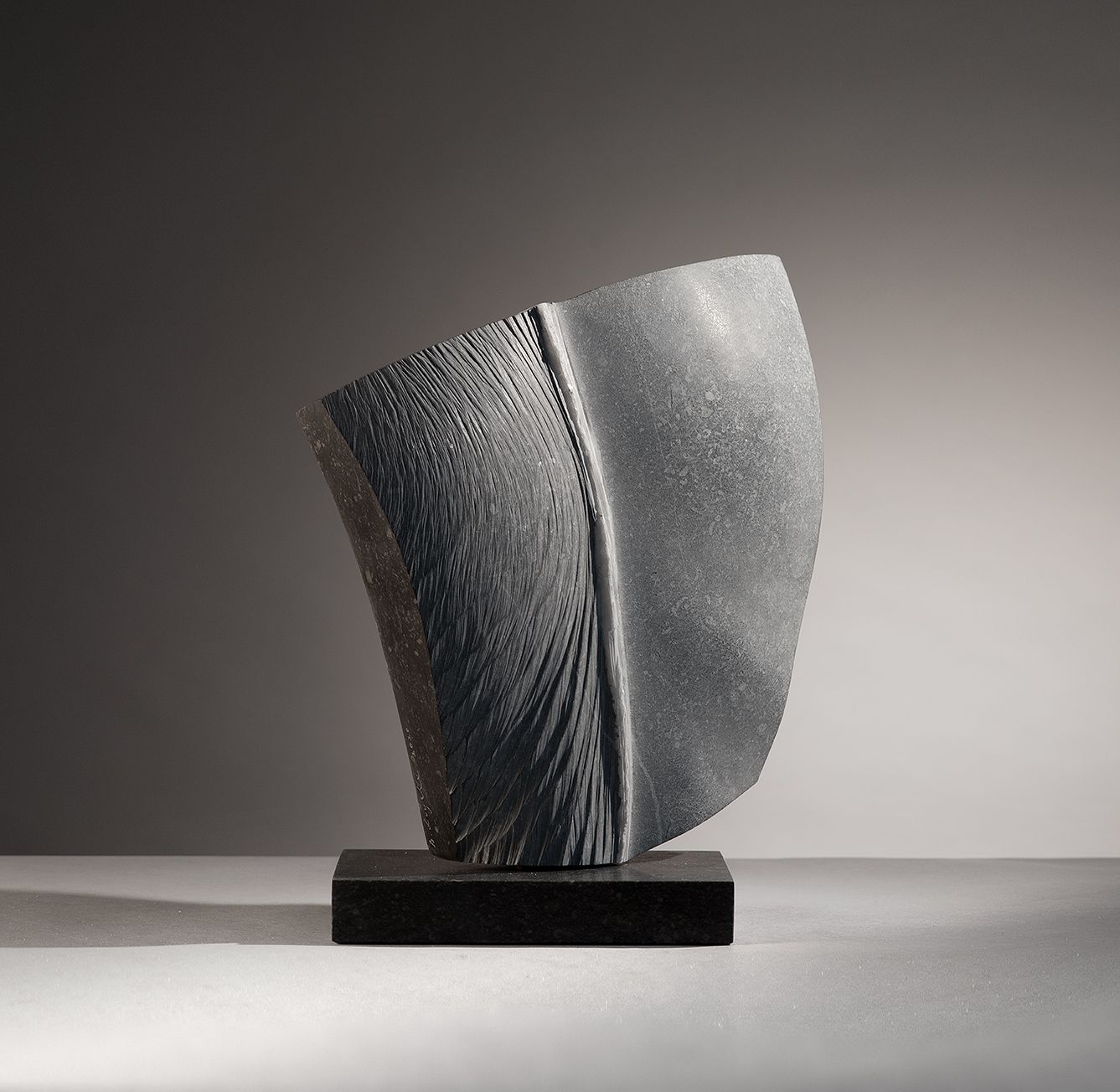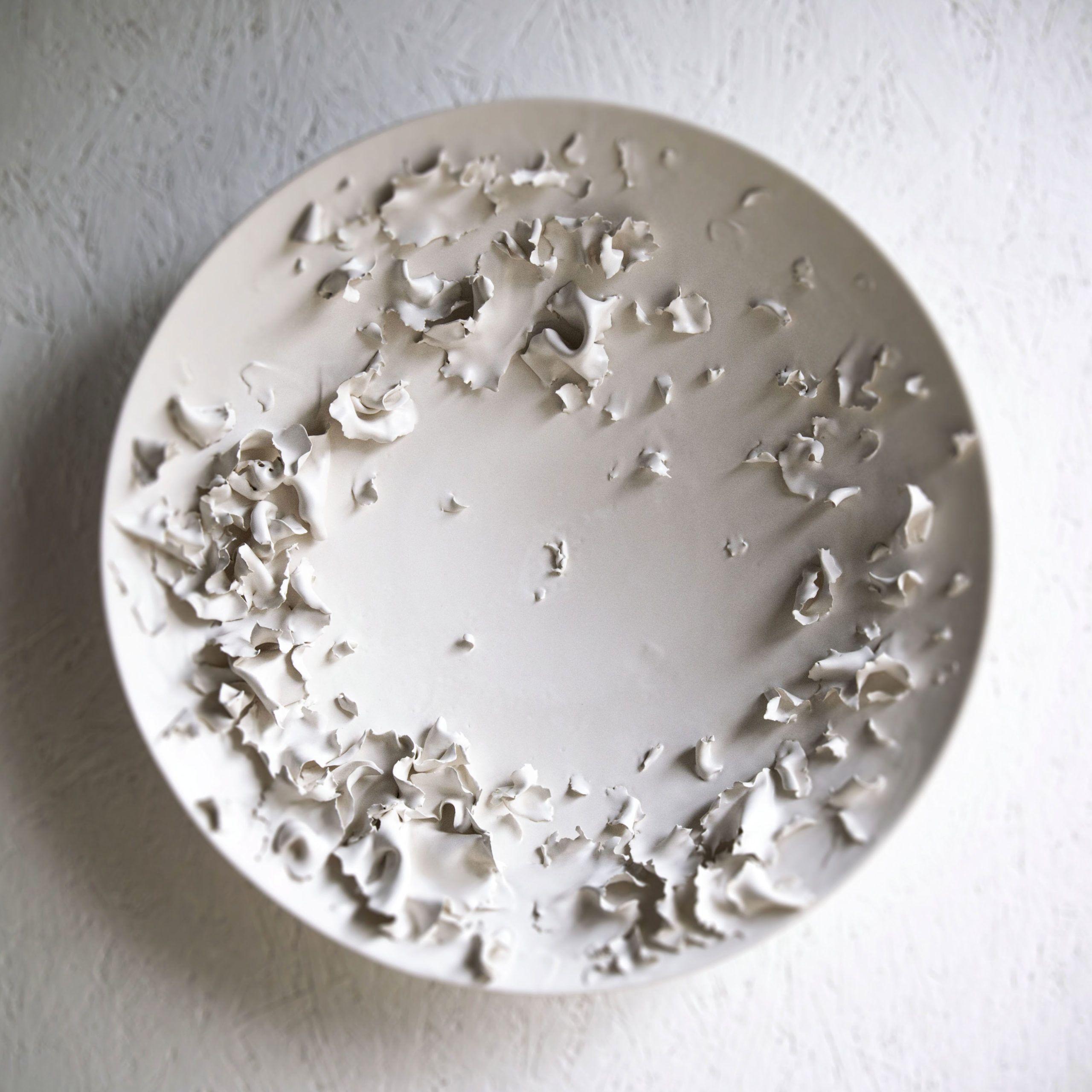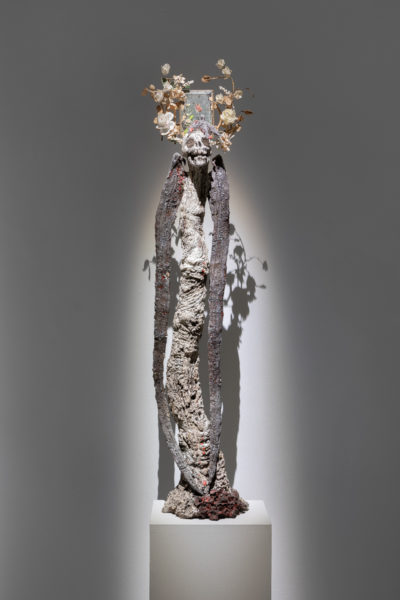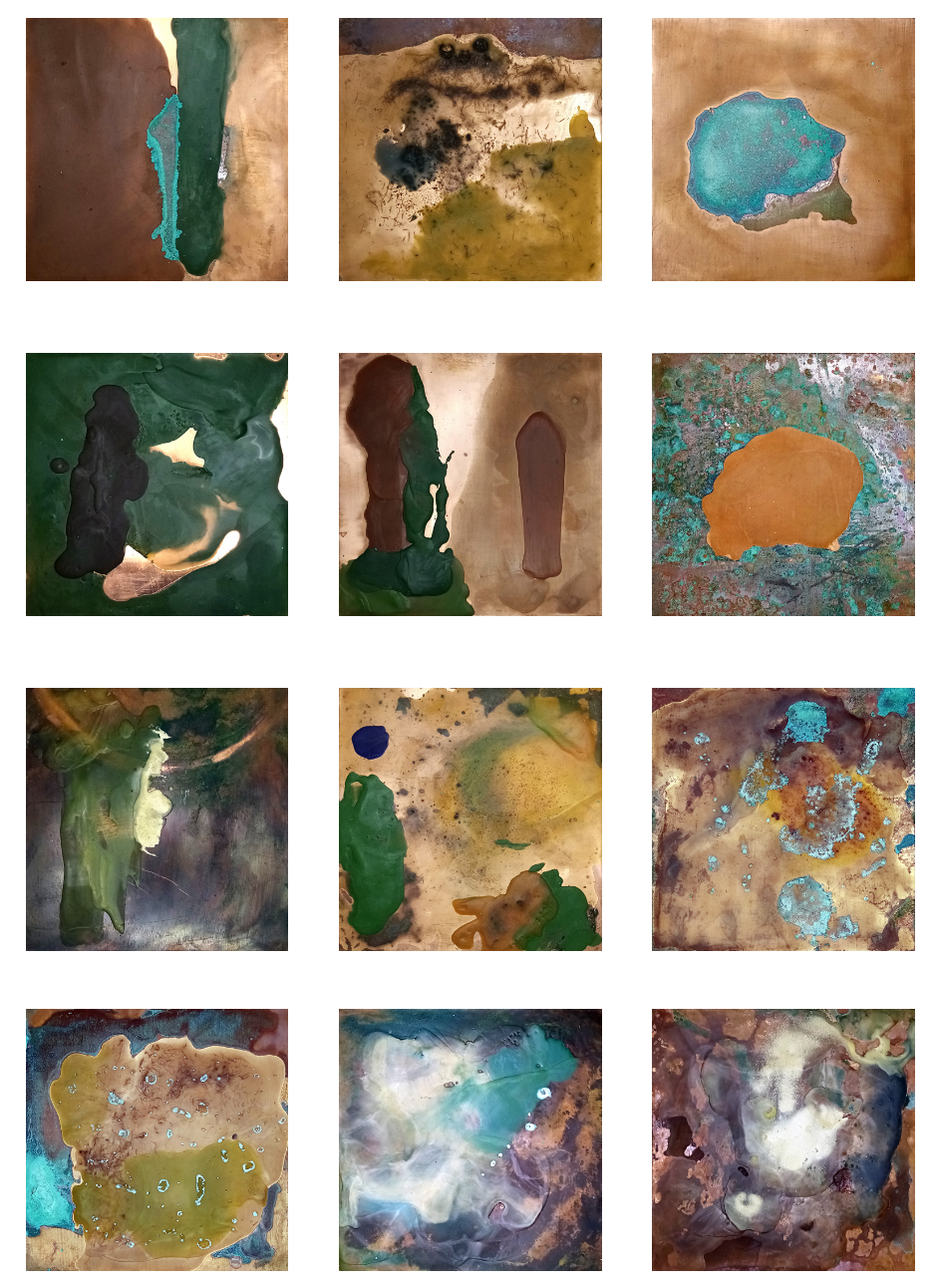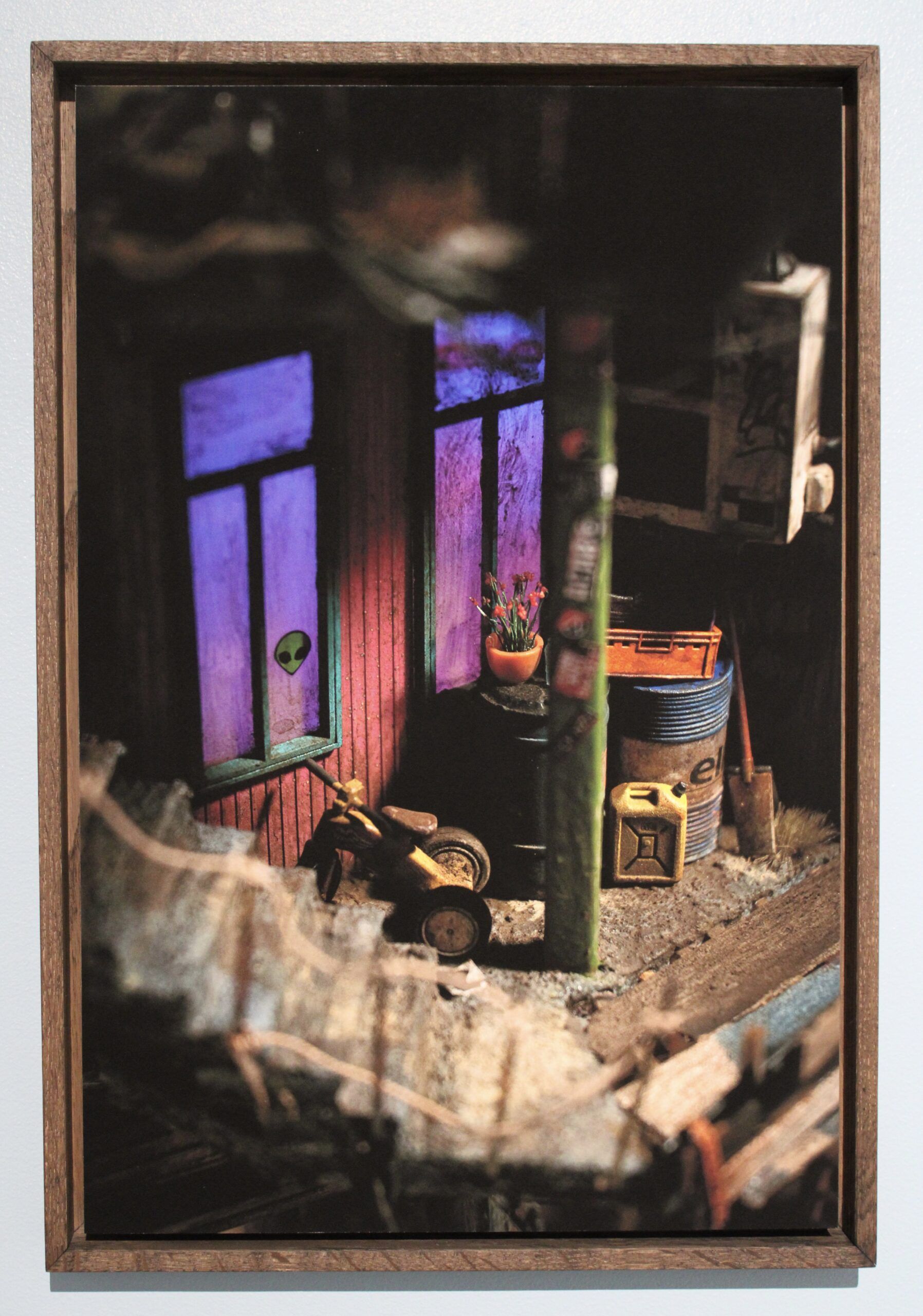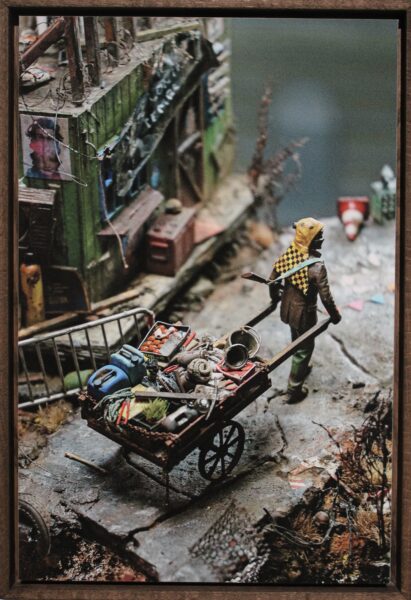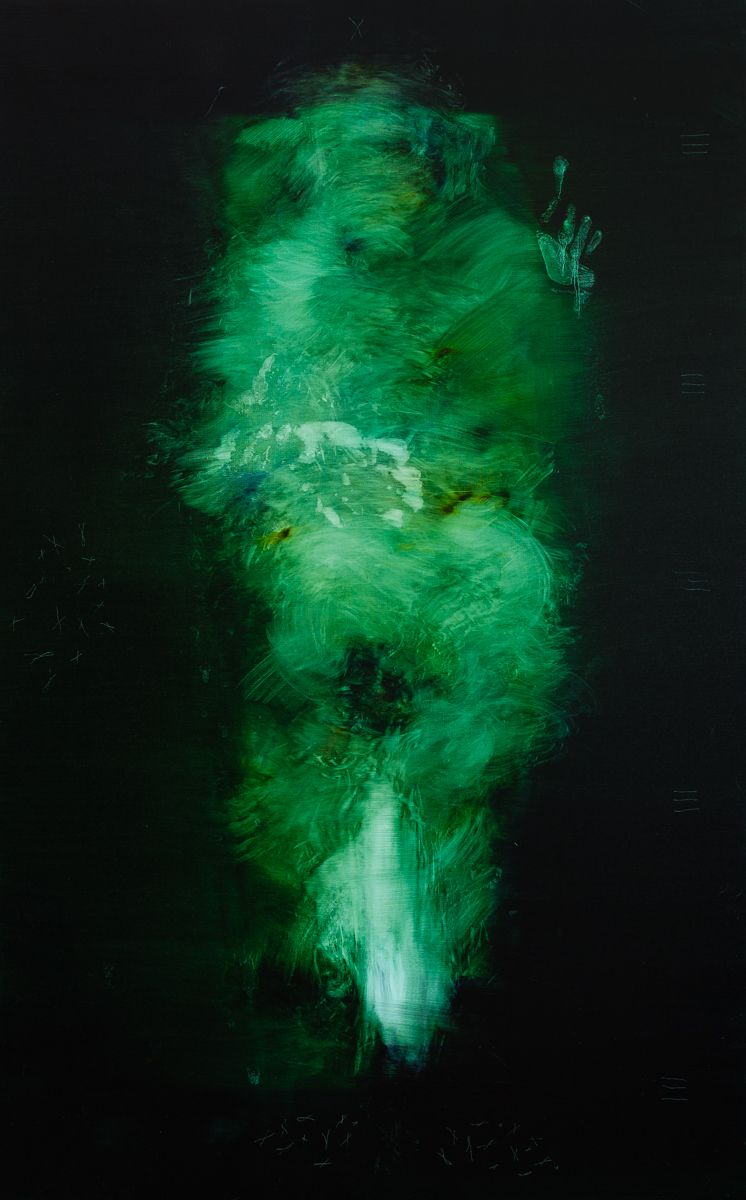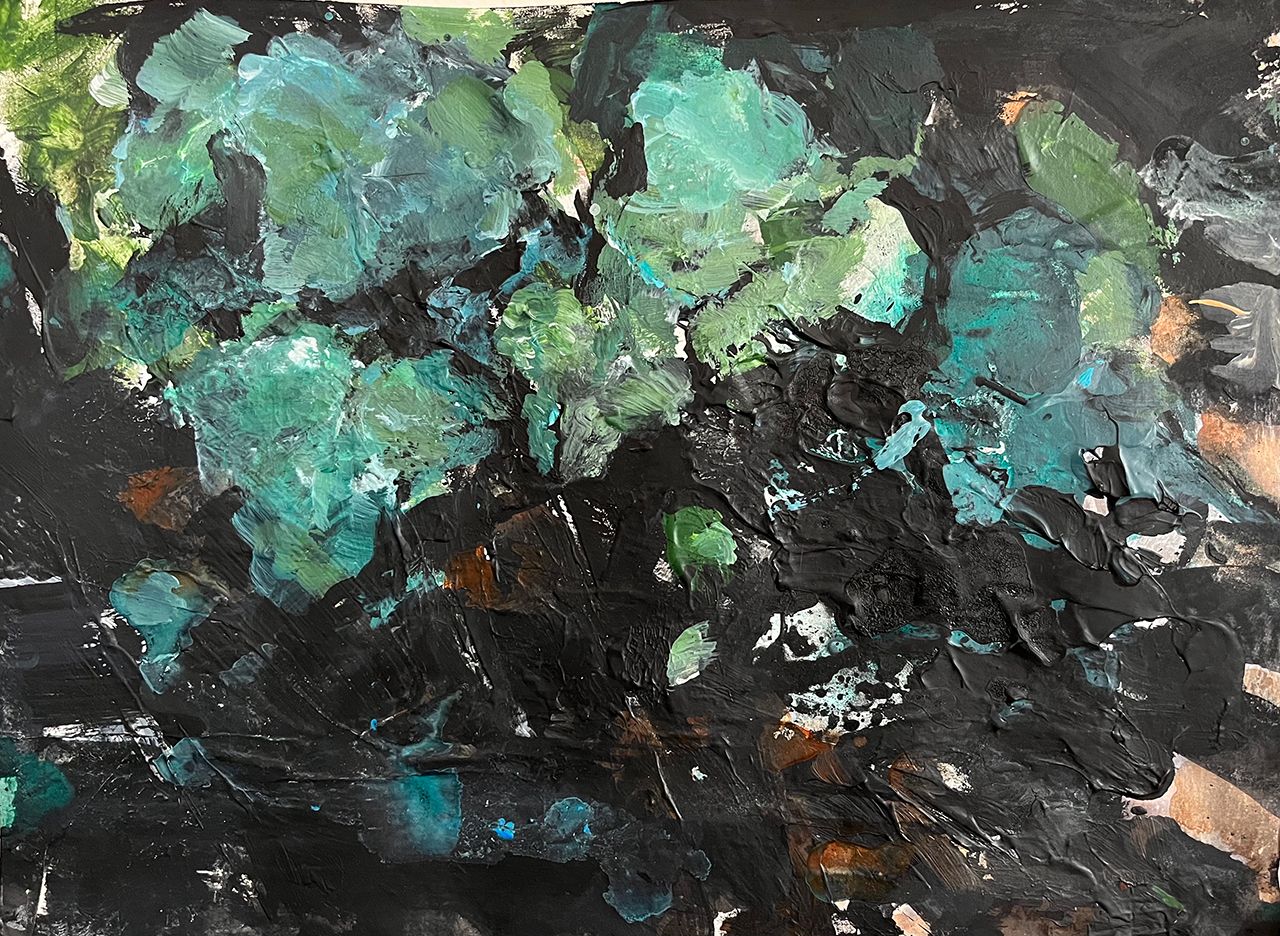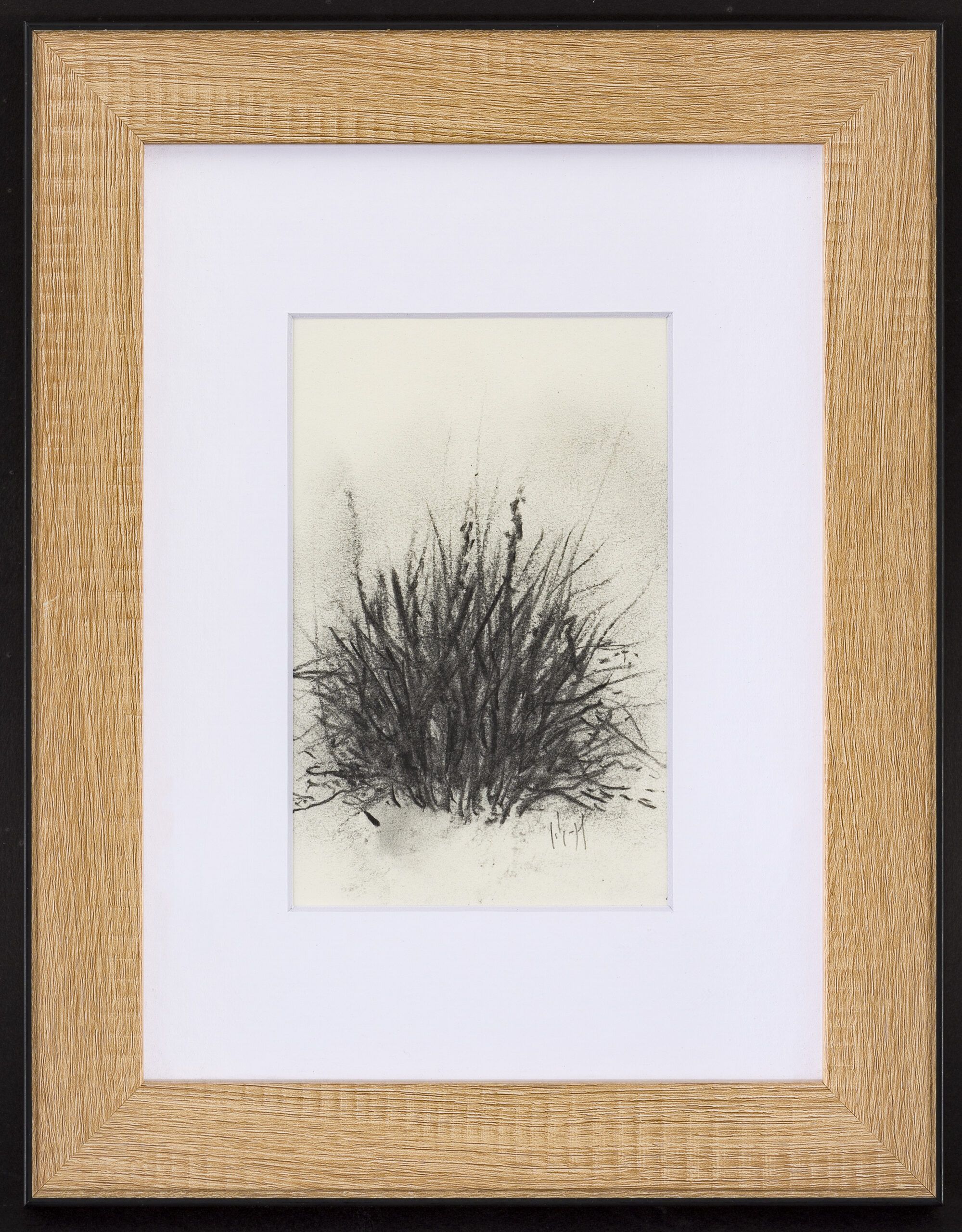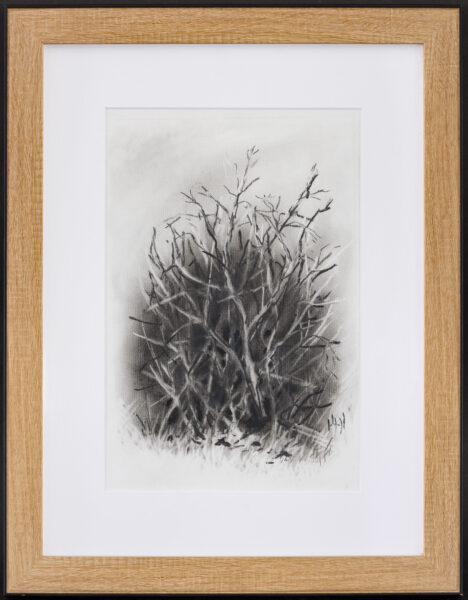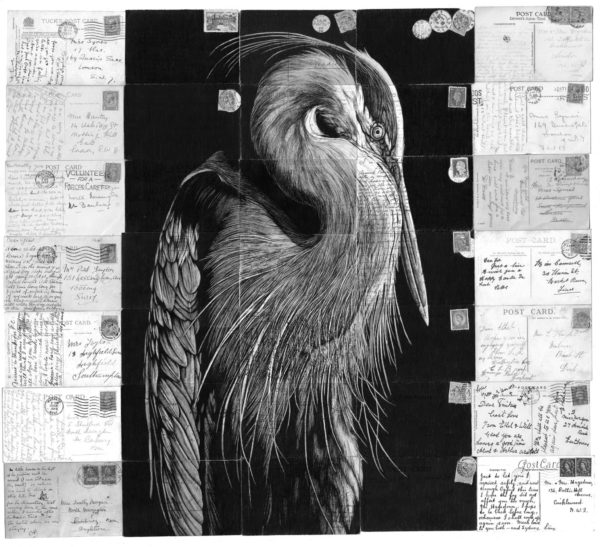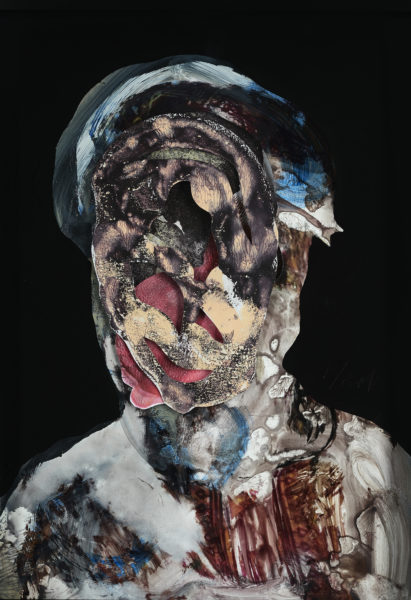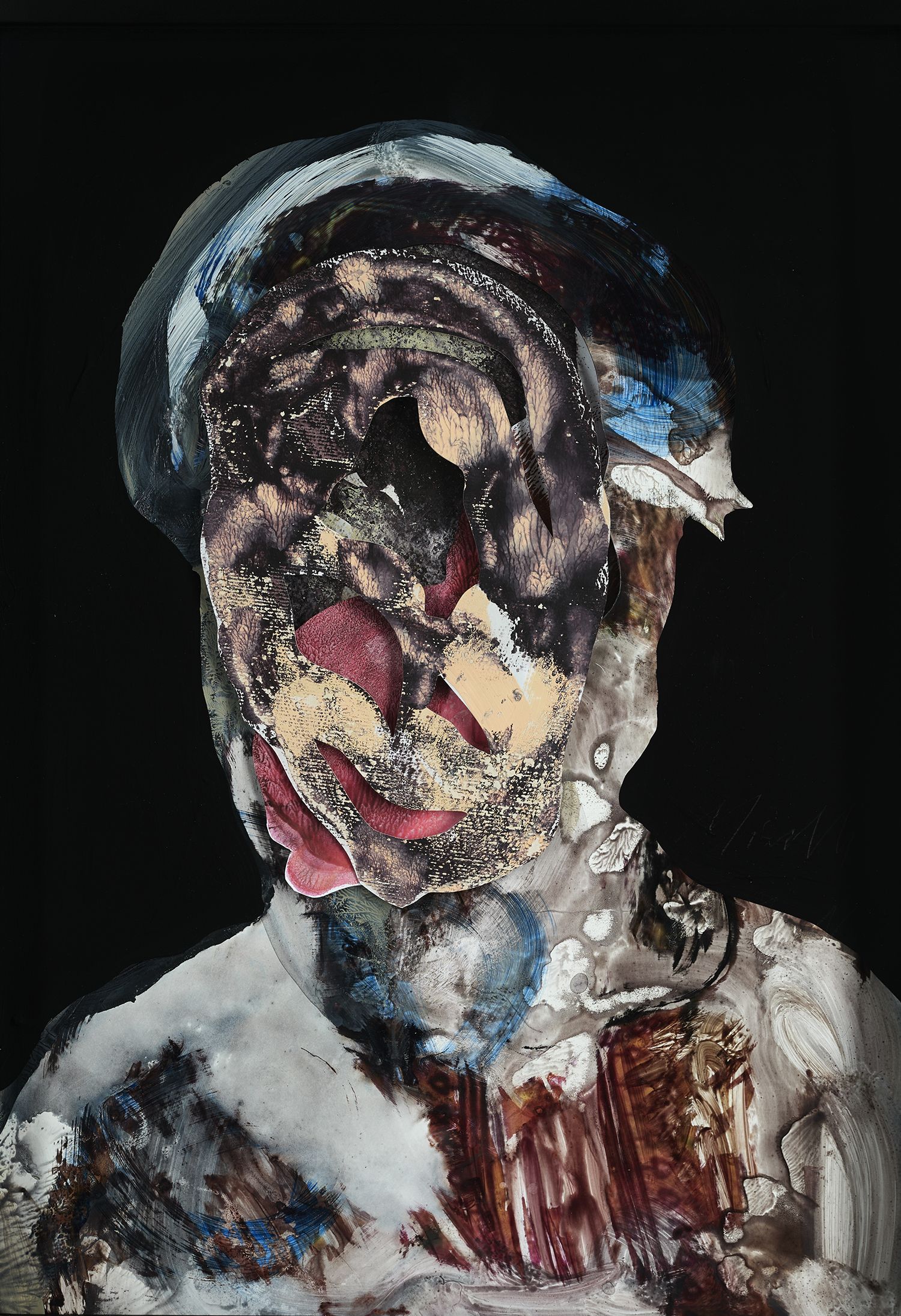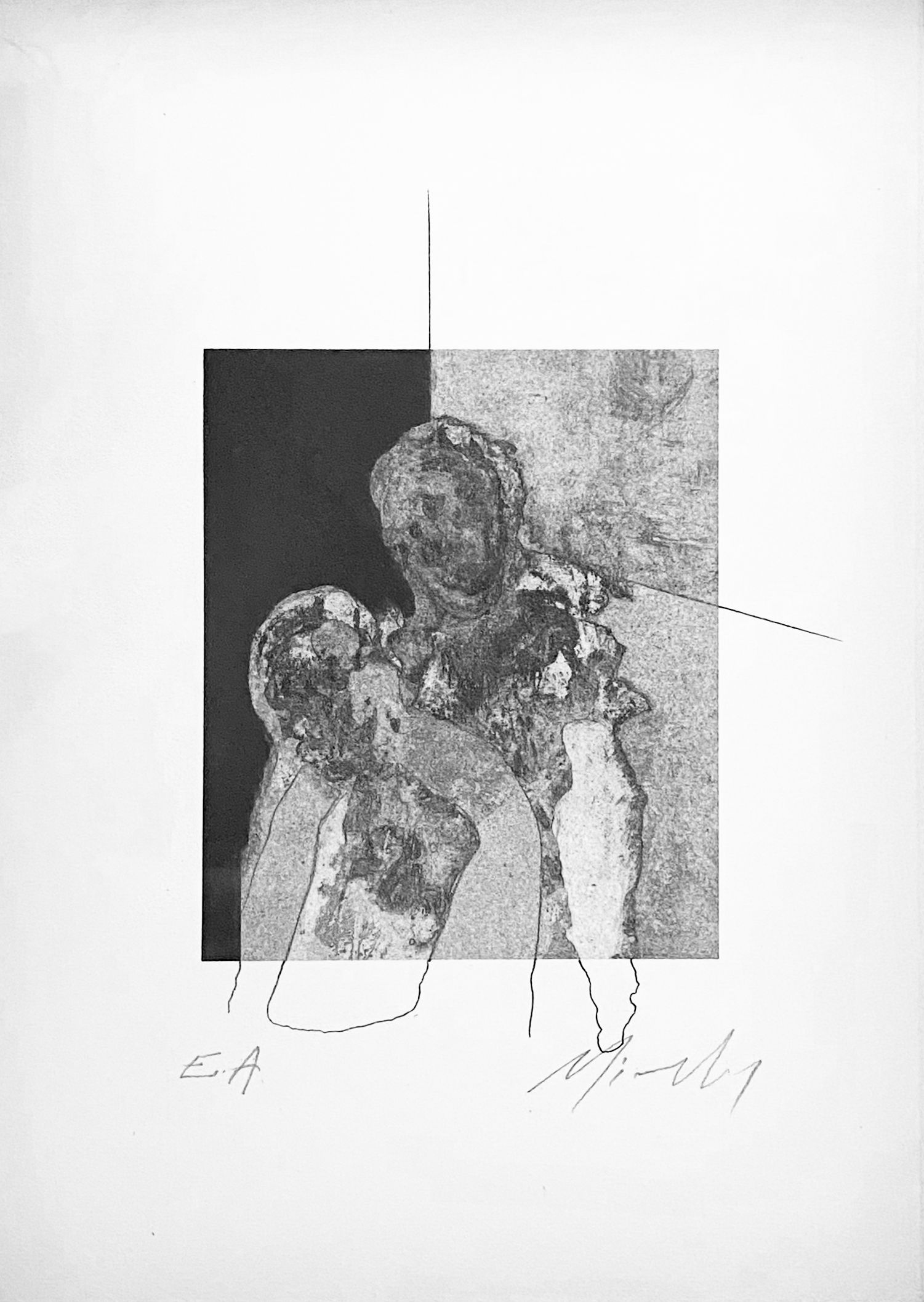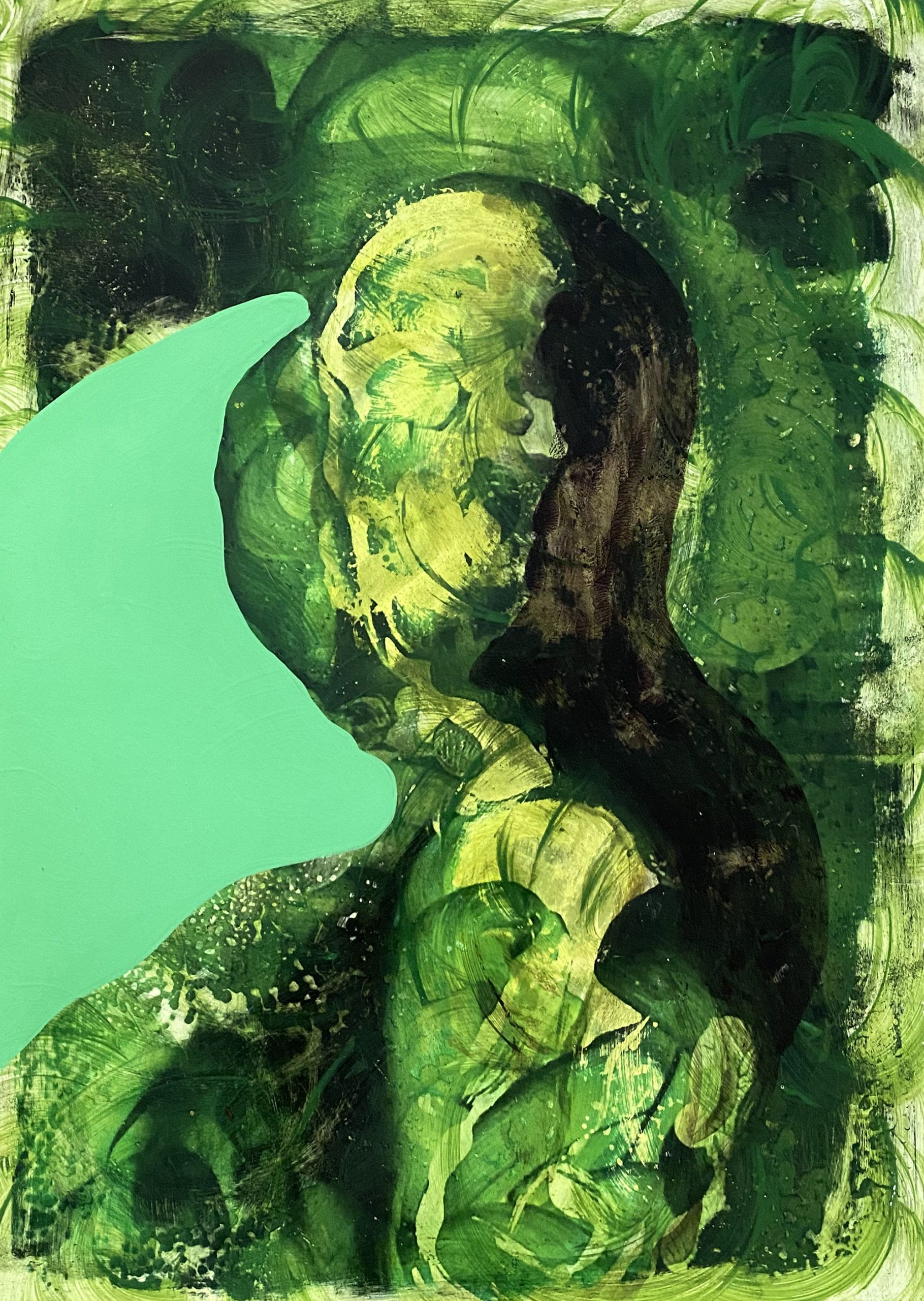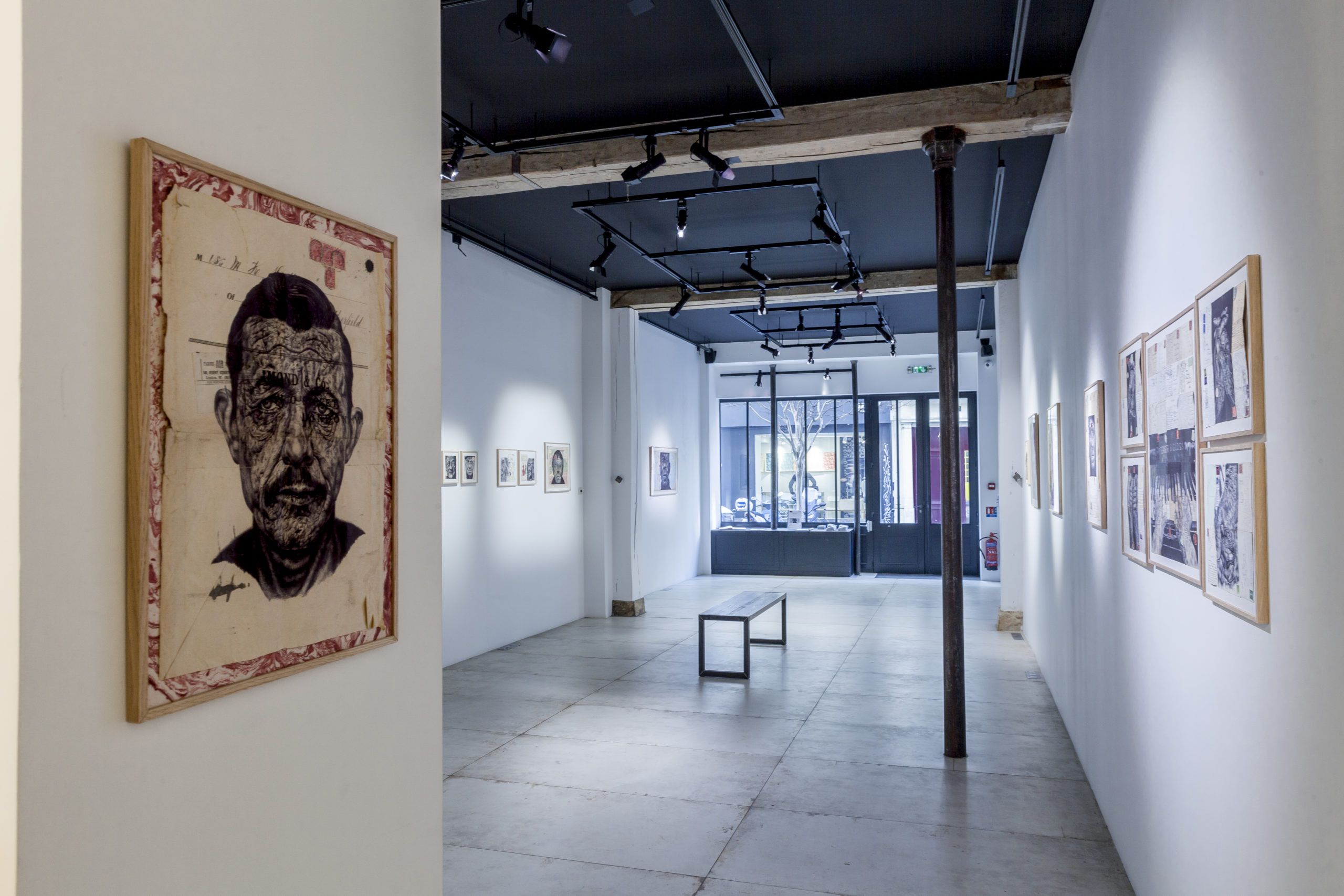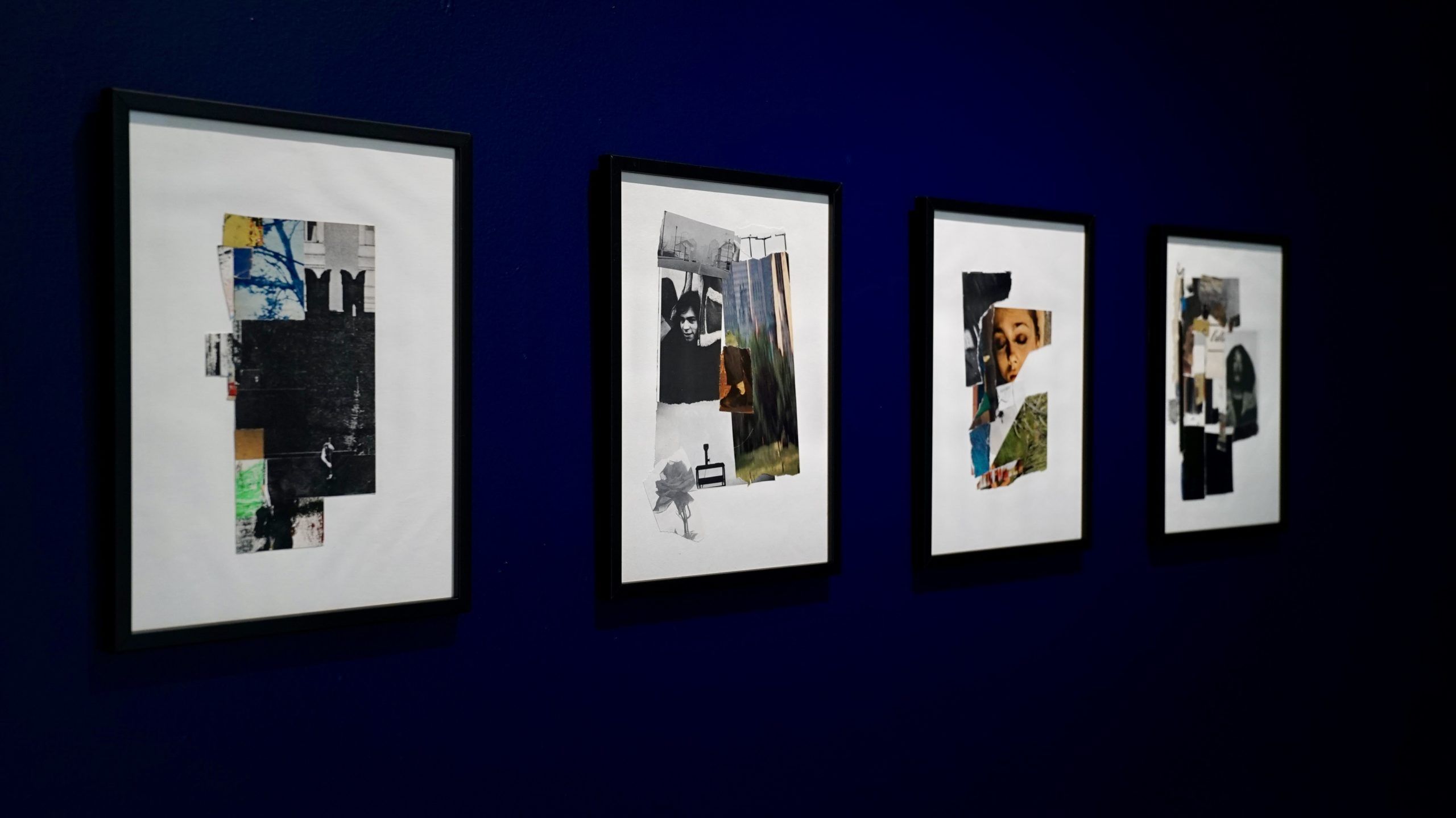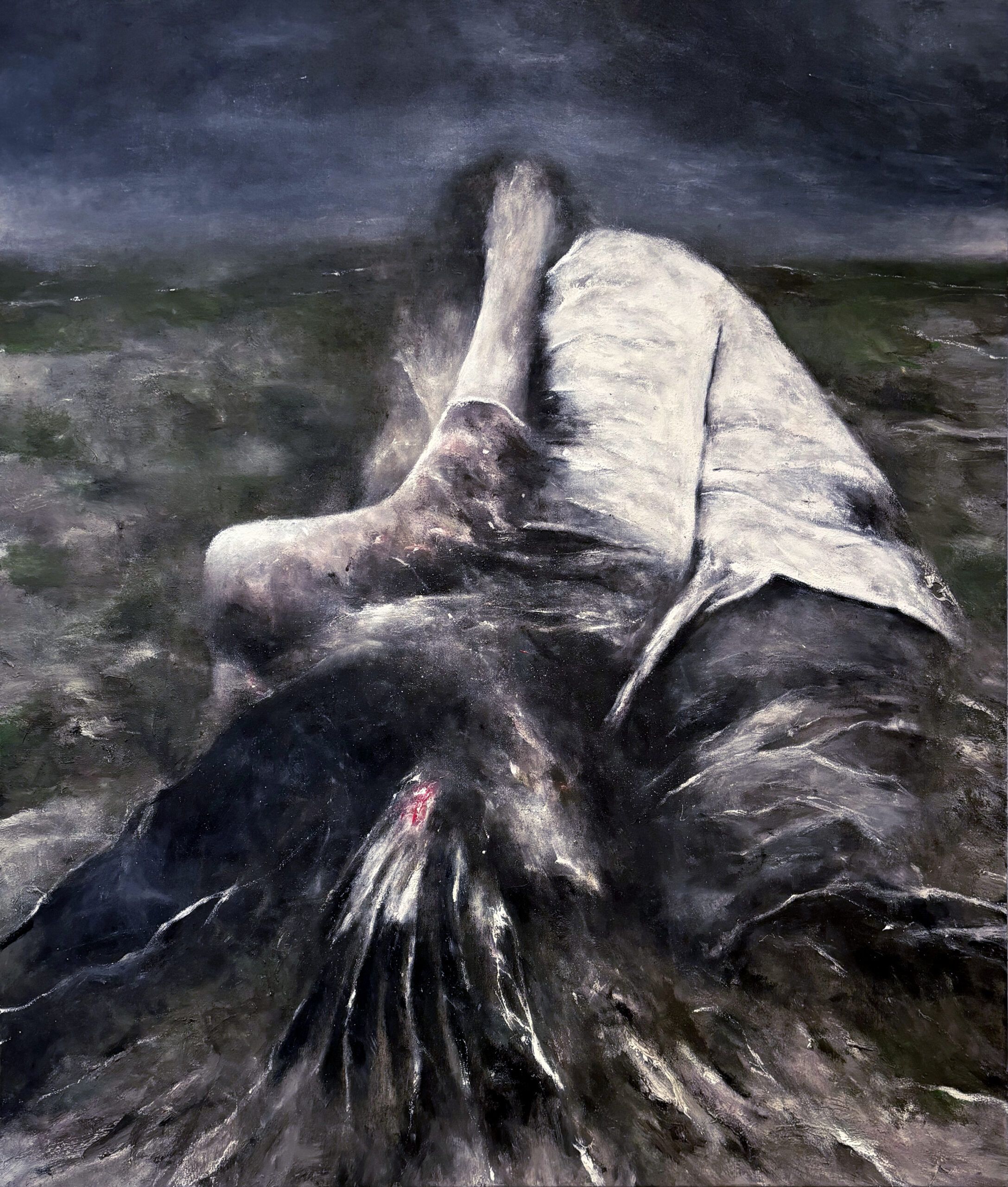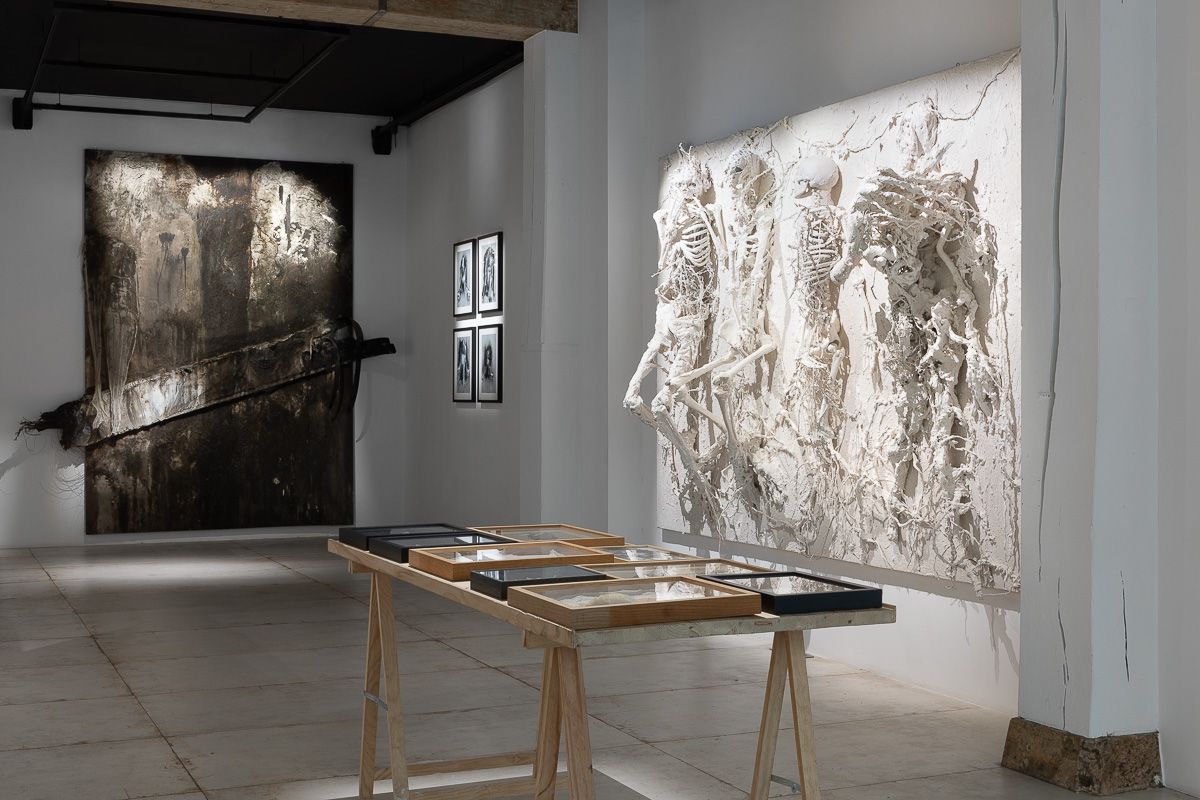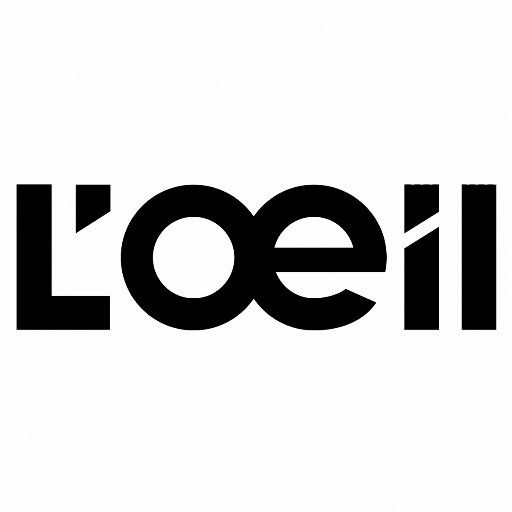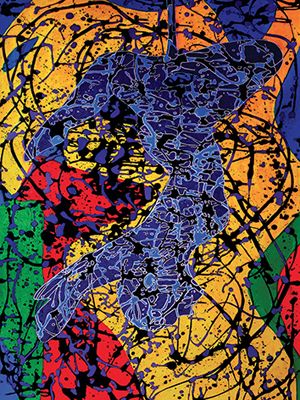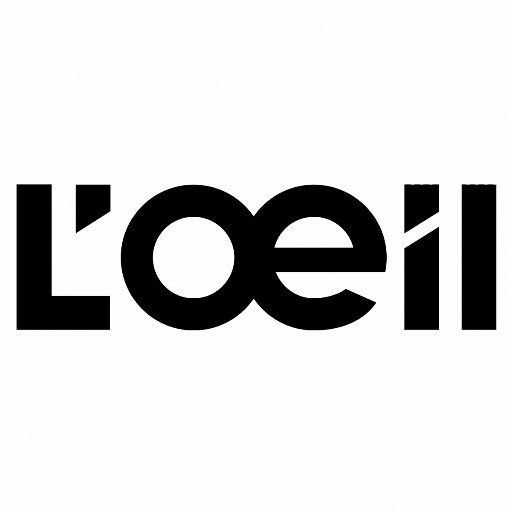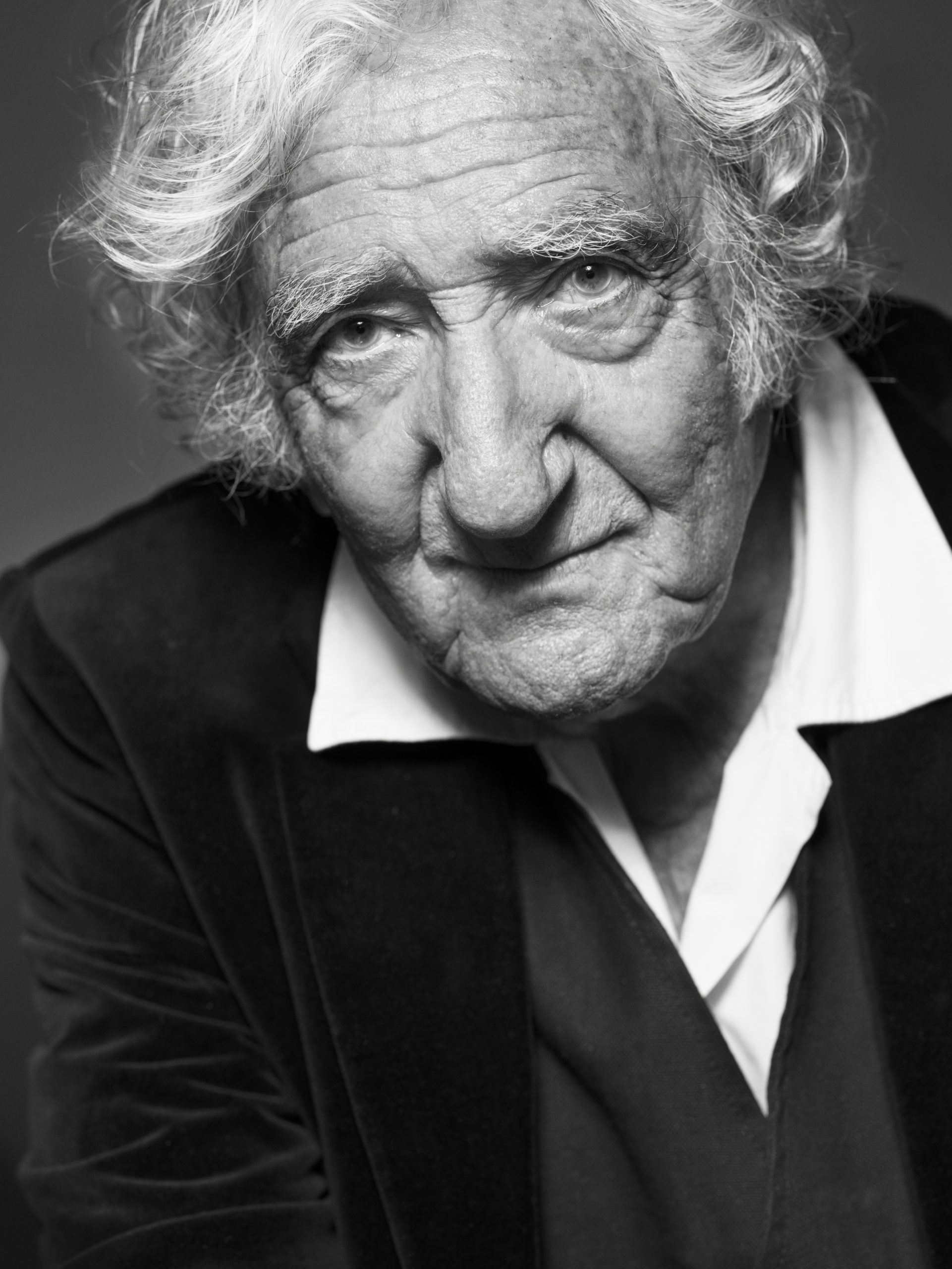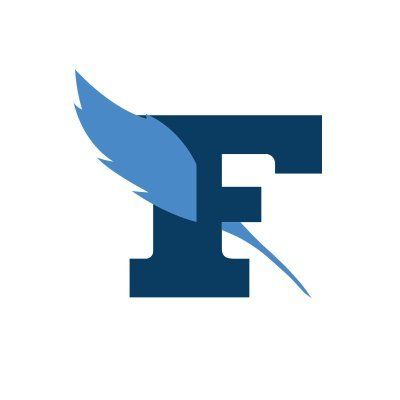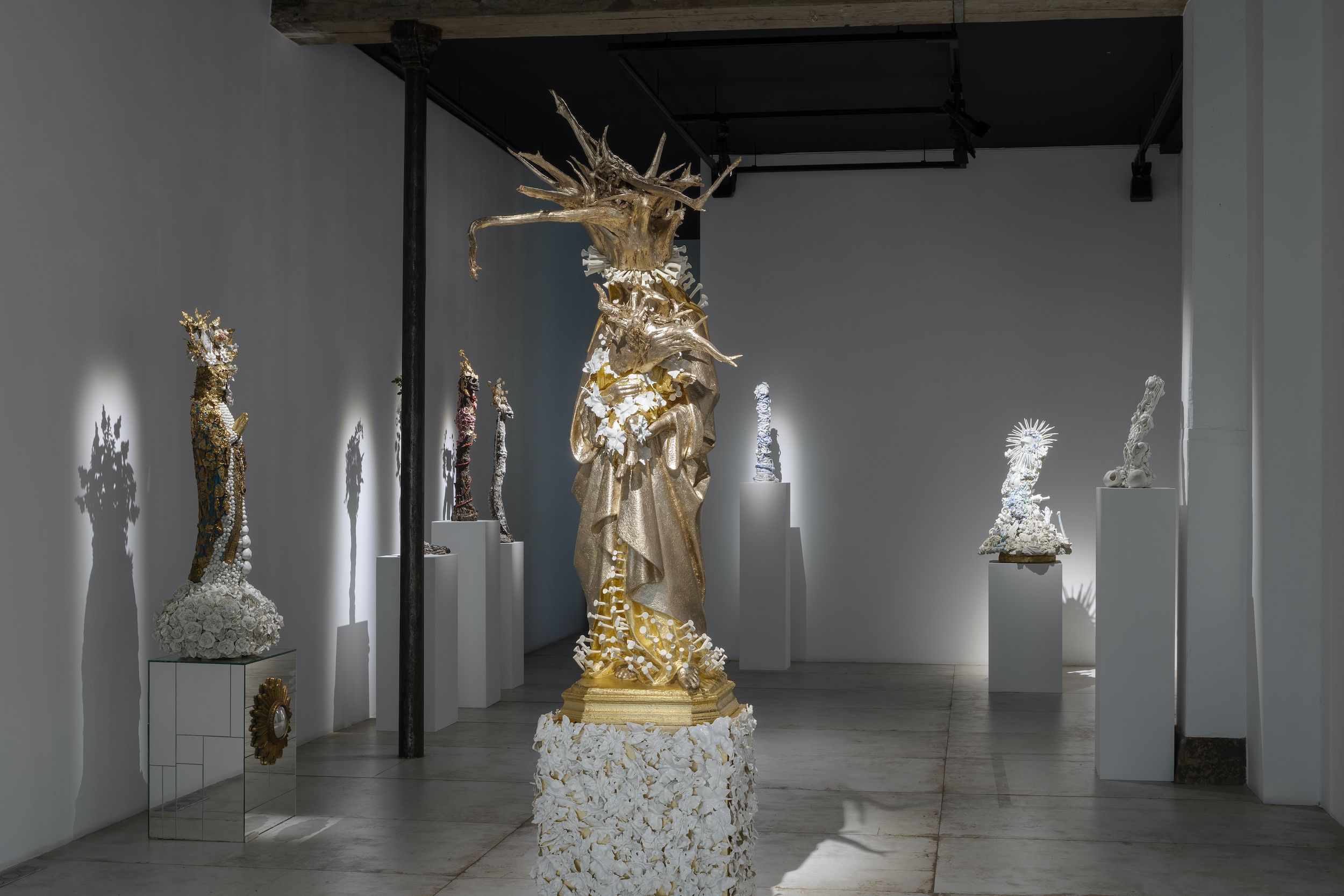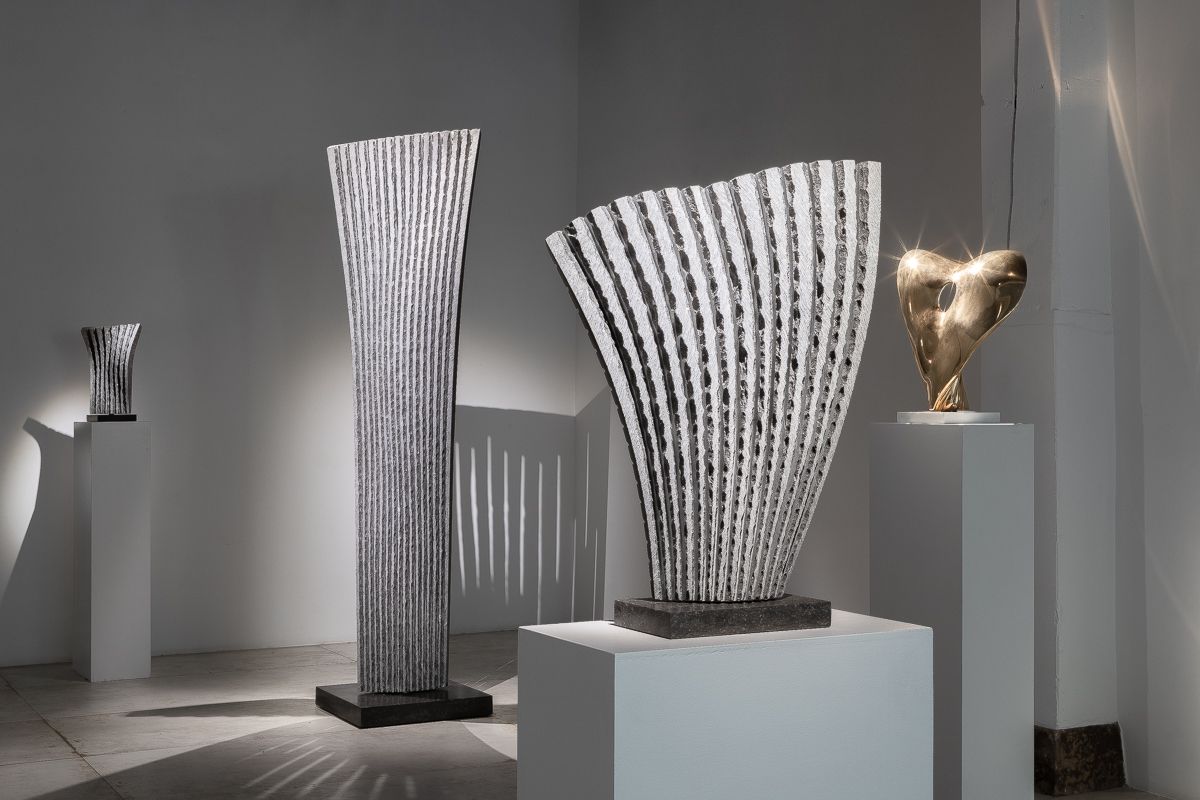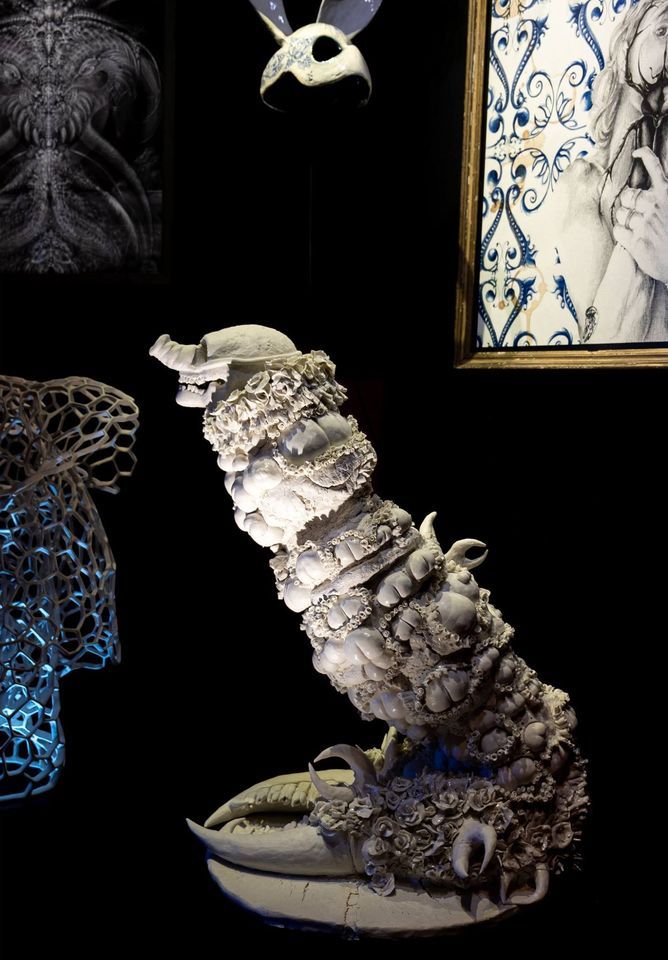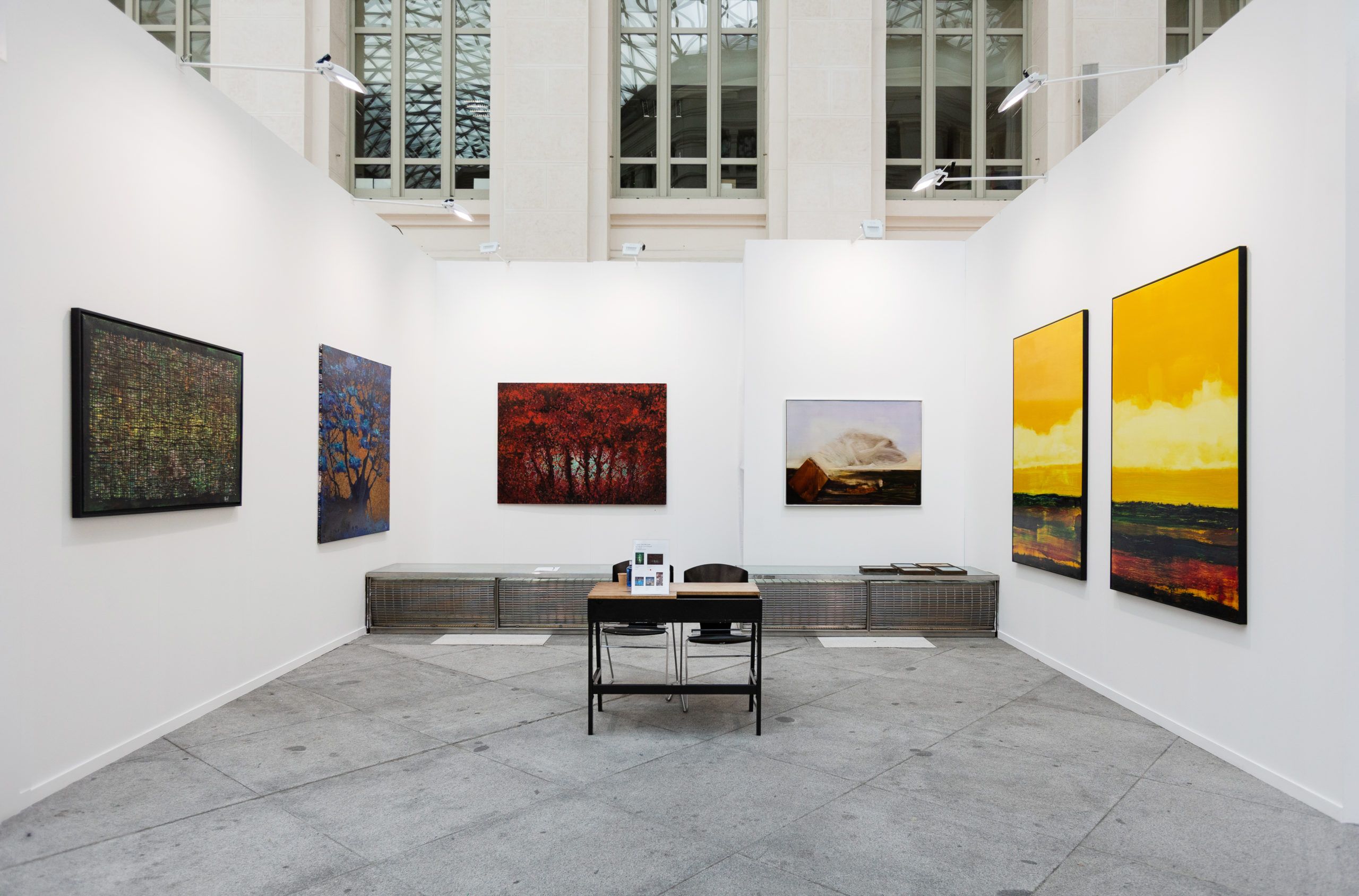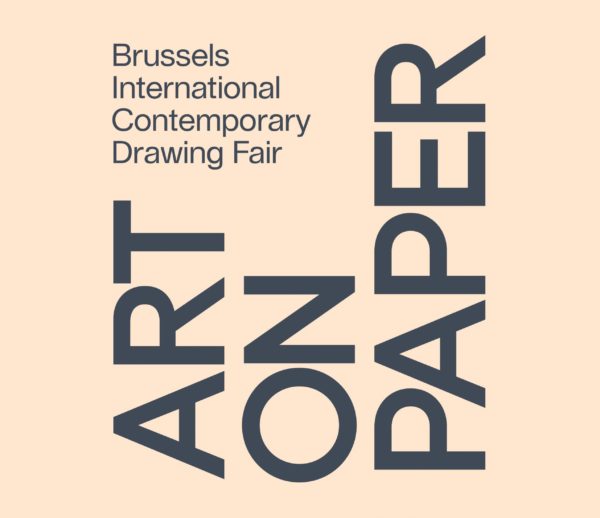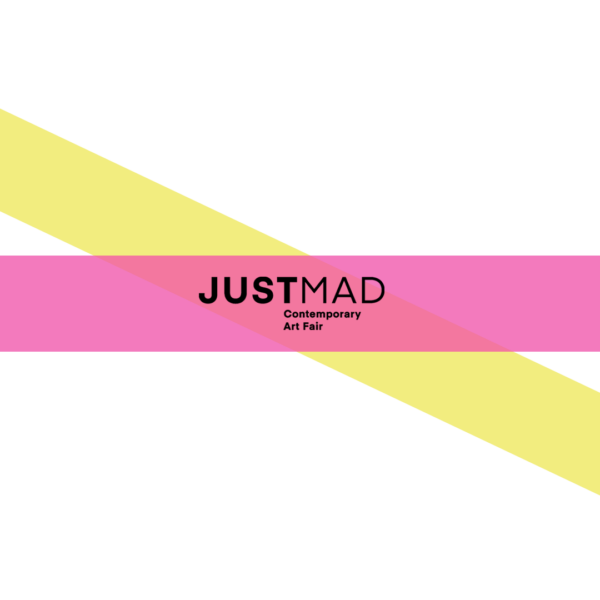Author: hautmarais
OLIVIER DE SAGAZAN, “TOUJOURS, JAMAIS”, ARALYA, JUNE 2025
SIMON LAVEUVE, “VOIR LOIN”, BEAUX-ARTS MAGAZINE, FEBRUARY 2025
FRANTZ METZGER, “SOLO SHOW”, TRANSFUGE, FEBRUARY 2025
SIMON LAVEUVE, “VOIR LOIN”, POSCA, FEBRUARY 2025
SIMON LAVEUVE, “VOIR LOIN”, COLOSSAL, FEBRUARY 2025
PIERRE-LUC POUJOL, “SOLO SHOW”, TRANSFUGE, DECEMBER 2024
PIERRE-LUC POUJOL, BEAUX-ARTS MAGAZINE, NOVEMBER 2024
PIERRE-LUC POUJOL, LUXEMBOURG ART WEEK, BEAUX-ARTS MAGAZINE, OCTOBER 2024
PIERRE-LUC POUJOL, LUXEMBOURG ART WEEK, BEAUX-ARTS MAGAZINE, OCTOBER 2024


JOËL PERSON, “LES PASSIONS”, POLLEN, SEPTEMBER 2024
TANA BORISSOVA, “CŒUR DU TEMPS”, TRANSFUGE, JUNE 2024
SERGE REZVANI, “REZVANI, PEINTURES”, QUOTIDIEN DE L’ART, 25 APRIL 2024
SERGE REZVANI, “REZVANI, PEINTURES”, QUOTIDIEN DE L’ART, 25 APRIL 2024

SERGE REZVANI, “REZVANI, PEINTURES”, TRANSFUGE, MAY 2024
MARK POWELL, “ROADS THAT MAKE US”, TRANSFUGE, JANUARY 2024
FLO ARNOLD AND CHRISTOPHE MIRALLES, “MON MAROC”, TRANSFUGE, DECEMBER 2023
JOËL PERSON, “LES BRUITS DU MONDE”, CONNAISSANCE DES ARTS, OCTOBER 2023
JOËL PERSON, “LES BRUITS DU MONDE”, CONNAISSANCE DES ARTS, OCTOBER 2023
JOËL PERSON, “LES BRUITS DU MONDE”, BEAUX-ARTS, OCTOBER 2023
MARK POWELL, “ROADS THAT MAKE US”, ARTISTIK REZO, JANUARY 2024
JOËL PERSON, “LES BRUITS DU MONDE”, TRANSFUGE, OCTOBER 2023
JOËL PERSON, “LES BRUITS DU MONDE”, FACTUEL MEDIA, SEPTEMBRE 2023
CEDRIC LE CORF, “FORÊT NOIRE”, TRANSFUGE, SEPTEMBER 2023
CEDRIC LE CORF, “FORÊT NOIRE”, L’OEIL, SEPTEMBER 2023
LYDIE ARICKX, “CHARBON”, ART ABSOLUMENT, JULY 2023
LYDIE ARICKX, “CHARBON”, L’OFFICIEL, JUNE 2023
LYDIE ARICKX, “CHARBON”, MÉDIAPART, JUIN 2023
ELISABETH DAYNÈS, “ÉVOLUTION”, SCIENCES ET AVENIR, MAY 2023
JOHAN VAN MULLEM, “FOR LOVE’S S(N)AKE!”, ARTS LIBRE, MAY 2023
JOHAN VAN MULLEM, “FOR LOVE’S S(N)AKE”, ARTS LIBRE, MAY 2023



ARGHAËL, “UNDER MY SKIN”, TRANSFUGE, MARCH 2023
ARGHAËL, “UNDER MY SKIN”, TRANSFUGE MAGAZINE, MARCH 2023



TANC, “FRAGMENTS”, URBAN ART, FEBRUARY 2023
TANC, “FRAGMENTS”, URBAN ART, FEBRUARY 2023






TANC, “FRAGMENTS”, TÉLÉRAMA SORTIR, FEBRUARY 2023
TANC, “FRAGMENTS”, TÉLÉRAMA SORTIR, FEBRUARY 2023


TANC, “FRAGMENTS”, TRANSFUGE, FEBRUARY 2023
TANC, “FRAGMENTS”, TRANSFUGE, FEBRUARY 2023


TANC, “FRAGMENTS”, L’OFFICIEL DES SPECTACLES, JANUARY 2023
TANC, “FRAGMENTS”, L’OFFICIEL DES SPECTCALES, JANUARY 2023



TANC, “FRAGMENTS”, PARIS TONKAR, JANUARY 2023
TANC, “FRAGMENTS”, PARIS TONKAR, JANUARY 2023



TANC, “FRAGMENTS”, ARTISTIK REZO, JANUARY 2023
TANC, “FRAGMENTS”, TOUTE LA CULTURE, JANVIER 2023
TANC, “FRAGMENTS”, TOUTE LA CULTURE, JANUARY 2023



TANC, “FRAGMENTS”, TOUTE LA CULTURE, JANUARY 2023
TANC, “FRAGMENTS”, TOUTE LA CULTURE, JANUARY 2023



TANC, “FRAGMENTS, ART HEBDO MÉDIAS, JANUARY 2023
TANC, “FRAGMENTS”, ART HEBDO MÉDIAS, JANUARY 2023




Johan Van Mullem P20065 (2020)

Johan-Van-Mullem-P20065-2021-Encre-sur-canvas-100x70cm
Johan-Van-Mullem-P20065-2021-Encre-sur-canvas-100x70cm
Johan Van Mullem
P20065 (2020)
Ink on canvas
100 x 70 cm
To request the full list of available works, please contact us by e-mail or by telephone at (+33) 01 42 74 03 97.

Johan Van Mullem P20064 (2020)

ohan-van-mullem-p18010-2018-encre-sur-canvas-160x30cm.jpg
ohan-van-mullem-p18010-2018-encre-sur-canvas-160x30cm.jpg
Johan Van Mullem
P20064 (2020)
Ink on canvas
100 x 70 cm
To request the full list of available works, please contact us by e-mail or by telephone at (+33) 01 42 74 03 97.

Johan Van Mullem P18010 (2018)

ohan-van-mullem-p18010-2018-encre-sur-canvas-160x30cm.jpg
ohan-van-mullem-p18010-2018-encre-sur-canvas-160x30cm.jpg
Johan Van Mullem
P18010 (2018)
Ink on canvas
160 x 130 cm
To request the full list of available works, please contact us by e-mail or by telephone at (+33) 01 42 74 03 97.

Johan Van Mullem P18004 (2018)

Johan-Van-Mullem-P18004-2018-Encre-sur-canvas-160x160cm
Johan-Van-Mullem-P18004-2018-Encre-sur-canvas-160x160cm
Johan Van Mullem
P18004 (2018)
Ink on canvas
160 x 160 cm
To request the full list of available works, please contact us by e-mail or by telephone at (+33) 01 42 74 03 97.

Johan Van Mullem P17033 (2017)

johan-van-mullem-p17033-2021-encre-sur-canvas-160x40cm
johan-van-mullem-p17033-2021-encre-sur-canvas-160x40cm
Johan Van Mullem
P17033 (2017)
Ink on canvas
160 x 140 cm
To request the full list of available works, please contact us by e-mail or by telephone at (+33) 01 42 74 03 97.

Johan Van Mullem P18003 (2018)

Johan-Van-Mullem-P18003-2021-Encre-sur-canvas-170x120cm
Johan-Van-Mullem-P18003-2021-Encre-sur-canvas-170x120cm
Johan Van Mullem
P18003 (2018)
Ink on canvas
170 x 120 cm
To request the full list of available works, please contact us by e-mail or by telephone at (+33) 01 42 74 03 97.

Fred Kleinberg Turmeric (2010)

Turmeric, 2010, Pastel on paper, 57 x 76 cm
Turmeric, 2010, Pastel on paper, 57 x 76 cm
Fred Kleinberg
Turmeric (2010)
Pastel on paper
57 x 76 cm
To request the full list of available works, please contact us by e-mail or by telephone at (+33) 01 42 74 03 97.
Tana Borissova Embrasure 23 (2022)

embrasure-23-acrylique-sur-toile-73×100-2022-tana-borissova
embrasure-23-acrylique-sur-toile-73×100-2022-tana-borissova
Tana Borissova
Embrasure 23 (2022)
Acrylic on canvas
100 x 73 cm
To request the complete list of available works, please contact us by email or by phone (+33) 01 42 74 03 97.
Tana Borissova was born in Sofia, Bulgaria in 1978. She has been living and working in Paris, France since 1997.
She became interested in art through books that she discovered during her childhood. While studying in a high school of applied arts in Sofia, her desire to create art was awoken when she began creating oil paintings, watercolors, and drawings. When she arrived in Paris at the age of nineteen, she was accepted to the École Nationale Supérieure des Beaux-arts (ENSBA), where she studied with Vladimir Velickovic and Dominique Gauthier. She graduated in 2003.
In her work, Borissova explores the body, the space within it, and its interactions with the outside world. She does so by referencing nature and its metamorphoses, movements, momentum, and contradictions that go beyond a scale of time.
The gallery Myriam Bouagal exhibited her first solo show, Corps, in January 2014, as well as her second show in June 2015, Ma place mon corps, which included inks and paintings. In September 2017, she presented her work in the Arrivage Gallery in Troyes. She published a collection of inks and texts for the occasion. In May 2019, she presented a selection of her inks and paintings with Loo & Lou Gallery during the JustLX art fair in Lisbon, Portugal at the Museu da Carris. From January to March 2020, the Loo & Lou Atelier hosted an exhibition of her paintings entitled Éclats de nuit.
Andrew Ntshabele Encounters 10 (2021)

encounters-10-acrylic-and-enamel-on-vintage-newspaper-140-x-134-cm-andrew-ntshabele
encounters-10-acrylic-and-enamel-on-vintage-newspaper-140-x-134-cm-andrew-ntshabele
Andrew Ntshabele
Encounters 10 (2021)
Acrylic and lacquer on vintage and contemporary newspaper
140 x 134 cm
To request the complete list of available works, please contact us by email or by phone (+33) 01 42 74 03 97.
Andrew Ntshabele
Andrew Ntshabele lives and works in Johannesburg, South Africa, in the midst of the urban unrest that fuels his inspiration. He sees the physical, socio-economic and political changes of the post-apartheid city as the results of rapid urbanization. His daily interactions with the residents lead him to investigate this difficult social reality, and to seek to understand the root cause of the current degradation of the inner city.
Andrew Ntshabele The greater purpose 5 (2022)

the-greater-purpose-5-acrylic-and-enamel-on-vintage-documents-letters-postcards-89-x-70-cm-andrew-ntshabele
the-greater-purpose-5-acrylic-and-enamel-on-vintage-documents-letters-postcards-89-x-70-cm-andrew-ntshabele
Andrew Ntshabele
The greater purpose 5 (2022)
Acrylic and lacquer on vintage documents
89 x 70 cm
To request the complete list of available works, please contact us by email or by phone (+33) 01 42 74 03 97.
Andrew Ntshabele
Andrew Ntshabele lives and works in Johannesburg, South Africa, in the midst of the urban unrest that fuels his inspiration. He sees the physical, socio-economic and political changes of the post-apartheid city as the results of rapid urbanization. His daily interactions with the residents lead him to investigate this difficult social reality, and to seek to understand the root cause of the current degradation of the inner city.
Johan Van Mullem Sans titre 5 (2021)

sans-titre-5-2021-ink-on-canvas-200x345cm-johan-van-mullem
sans-titre-5-2021-ink-on-canvas-200x345cm-johan-van-mullem
Johan Van Mullem
Sans titre 5 (2021)
Ink on canvas
200 x 345 cm
To request the complete list of available works, please contact us by email or by phone (+33) 01 42 74 03 97.

Lydie Arickx Curiosité II (2015)

curiosité II-2015-grenade et terre crue – 6x11x9cm-Lydie-Arickx.
curiosité II-2015-grenade et terre crue – 6x11x9cm-Lydie-Arickx.
Lydie Arickx
Curiosité II (2015)
Pomegranate and clay
6 x 11 x 9 cm
To request the complete list of available works, please contact us by email or by phone (+33) 01 42 74 03 97.
Olivier de Sagazan Sans titre 6 (2022)

curiosité II-2015-grenade et terre crue – 6x11x9cm-Lydie-Arickx.
curiosité II-2015-grenade et terre crue – 6x11x9cm-Lydie-Arickx.
Olivier de Sagazan
Untitled 6 (2022)
Acrylic, grass, clay and mixed media on canvas
160 x 130 cm
To request the full list of available works, please contact us by mail or by telephone at (+33) 01 42 74 03 97.

Born in 1959 in Brazzaville, Congo. Lives and works in Saint-Nazaire. Biologist, Olivier de Sagazan is interested in life and seeks to establish through his work, a sort of genea-logy of the sensitive to understand how at a given moment, the inert matter structured in cells has generated life and sensitivity.
Olivier de Sagazan Untitled 10 (2021)
-

sans-titre-10-detail-2021-herbe-fleurs-argile-materiaux-mixtes-140x40x26-olivier-de-sagazan-scaled.jpeg
sans-titre-10-detail-2021-herbe-fleurs-argile-materiaux-mixtes-140x40x26-olivier-de-sagazan-scaled.jpeg
-

sans-titre-10-detail-2021-herbe-fleurs-argile-materiaux-mixtes-140x40x26-olivier-de-sagazan-scaled.jpeg
sans-titre-10-detail-2021-herbe-fleurs-argile-materiaux-mixtes-140x40x26-olivier-de-sagazan-scaled.jpeg
-

sans-titre-10-detail-2021-herbe-fleurs-argile-materiaux-mixtes-140x40x26-olivier-de-sagazan-scaled.jpeg
sans-titre-10-detail-2021-herbe-fleurs-argile-materiaux-mixtes-140x40x26-olivier-de-sagazan-scaled.jpeg
Olivier de Sagazan
Untitled 10 (2022)
Grass, flowers, clay and mixed media
120 x 32 x 23 cm
To request the full list of available works, please contact us by mail or by telephone at (+33) 01 42 74 03 97.

Born in 1959 in Brazzaville, Congo. Lives and works in Saint-Nazaire. Biologist, Olivier de Sagazan is interested in life and seeks to establish through his work, a sort of genea-logy of the sensitive to understand how at a given moment, the inert matter structured in cells has generated life and sensitivity.
Olivier de Sagazan Untitled 13 (2021)
-

sans-titre-13-2021-herbe-argile-materiaux-mixtes-71x24x40-olivier-de-sagazan-1-scaled.jpg
sans-titre-13-2021-herbe-argile-materiaux-mixtes-71x24x40-olivier-de-sagazan-1-scaled.jpg
-

sans-titre-13-2021-herbe-argile-materiaux-mixtes-71x24x40-olivier-de-sagazan-1-scaled.jpg
sans-titre-13-2021-herbe-argile-materiaux-mixtes-71x24x40-olivier-de-sagazan-1-scaled.jpg
-

sans-titre-13-2021-herbe-argile-materiaux-mixtes-71x24x40-olivier-de-sagazan-1-scaled.jpg
sans-titre-13-2021-herbe-argile-materiaux-mixtes-71x24x40-olivier-de-sagazan-1-scaled.jpg
Olivier de Sagazan
Untitled 13 (2022)
Grass, clay, mixed media
71 x 24 x 40 cm
To request the full list of available works, please contact us by mail or by telephone at (+33) 01 42 74 03 97.

Born in 1959 in Brazzaville, Congo. Lives and works in Saint-Nazaire. Biologist, Olivier de Sagazan is interested in life and seeks to establish through his work, a sort of genea-logy of the sensitive to understand how at a given moment, the inert matter structured in cells has generated life and sensitivity.
Olivier de Sagazan Untitled 5 (2022)
-

vue-de-lexposition-etre-chair-olivier-de-sagazan-6-scaled.jpeg
vue-de-lexposition-etre-chair-olivier-de-sagazan-6-scaled.jpeg
-

sans-titre-13-2021-herbe-argile-materiaux-mixtes-71x24x40-olivier-de-sagazan-1-scaled.jpg
sans-titre-13-2021-herbe-argile-materiaux-mixtes-71x24x40-olivier-de-sagazan-1-scaled.jpg
Olivier de Sagazan
Untitled 5 (2022)
Acrylic, grass, clay and mixed media on canvas
160 x 130 cm
To request the full list of available works, please contact us by mail or by telephone at (+33) 01 42 74 03 97.

Born in 1959 in Brazzaville, Congo. Lives and works in Saint-Nazaire. Biologist, Olivier de Sagazan is interested in life and seeks to establish through his work, a sort of genea-logy of the sensitive to understand how at a given moment, the inert matter structured in cells has generated life and sensitivity.
Lydie Arickx Chemin de croix IX (2020)

chemin-de-croix-IX-2020-chanvre-44-35-24cm-lydie-arickx
chemin-de-croix-IX-2020-chanvre-44-35-24cm-lydie-arickx
Lydie Arickx
Chemin de croix IX (2020)
Hemp
44 x 35 x 24 cm
To request the complete list of available works, please contact us by email or by phone (+33) 01 42 74 03 97.
Lydie Arickx Job VI (2009)

Job-6-2009-Encre-et-mine-de-plomb-sur-papier-Ingres-42×29.7cm-Lydie-Arickx
Job-6-2009-Encre-et-mine-de-plomb-sur-papier-Ingres-42×29.7cm-Lydie-Arickx
Lydie Arickx
Job VI (2009)
Ink and graphite on Ingres paper
42 x 29 x 70 cm
To request the complete list of available works, please contact us by email or by phone (+33) 01 42 74 03 97.
Lydie Arickx Vanité (2019)

vanite-2019-fonte-et-borosilicate-h19x23x16cm-lydie-arickx
vanite-2019-fonte-et-borosilicate-h19x23x16cm-lydie-arickx
Lydie Arickx
Vanité (2019)
Cast iron and borosilicate glass
19 x 23 x 16 cm
To request the complete list of available works, please contact us by email or by phone (+33) 01 42 74 03 97.
Johan Van Mullem Sans titre 2 (2018)

sans-titre-2-2018-encre-sur-toile-160x160cm-jvm
sans-titre-2-2018-encre-sur-toile-160x160cm-jvm
Johan Van Mullem
Sans titre 2 (2018)
Ink on canvas
160 x 160 cm
To request the complete list of available works, please contact us by email or by phone (+33) 01 42 74 03 97.

Johan Van Mullem Sans titre 1 (2017)

sans-titre-1-2017-encre-sur-toile-160x140cm-jvm
sans-titre-1-2017-encre-sur-toile-160x140cm-jvm
Johan Van Mullem
Sans titre 1 (2017)
Ink on canvas
160 x 140 cm
To request the complete list of available works, please contact us by email or by phone (+33) 01 42 74 03 97.

Johan Van Mullem Sans titre 4 (2021)

sans-titre-4-2021-ink-on-canvas-275x200cm-johan-van-mullem
sans-titre-4-2021-ink-on-canvas-275x200cm-johan-van-mullem
Johan Van Mullem
Sans titre 4 (2021)
Ink on canvas
275 x 200 cm
To request the complete list of available works, please contact us by email or by phone (+33) 01 42 74 03 97.

Tana Borissova Embrasure 5 (2021)

embrasure-5-acrylique-sur-toile-97×146-2021-tana-borissova
embrasure-5-acrylique-sur-toile-97×146-2021-tana-borissova
Tana Borissova
Embrasure 5 (2021)
Acrylic on canvas
146 x 97 cm
To request the complete list of available works, please contact us by email or by phone (+33) 01 42 74 03 97.
Tana Borissova was born in Sofia, Bulgaria in 1978. She has been living and working in Paris, France since 1997.
She became interested in art through books that she discovered during her childhood. While studying in a high school of applied arts in Sofia, her desire to create art was awoken when she began creating oil paintings, watercolors, and drawings. When she arrived in Paris at the age of nineteen, she was accepted to the École Nationale Supérieure des Beaux-arts (ENSBA), where she studied with Vladimir Velickovic and Dominique Gauthier. She graduated in 2003.
In her work, Borissova explores the body, the space within it, and its interactions with the outside world. She does so by referencing nature and its metamorphoses, movements, momentum, and contradictions that go beyond a scale of time.
The gallery Myriam Bouagal exhibited her first solo show, Corps, in January 2014, as well as her second show in June 2015, Ma place mon corps, which included inks and paintings. In September 2017, she presented her work in the Arrivage Gallery in Troyes. She published a collection of inks and texts for the occasion. In May 2019, she presented a selection of her inks and paintings with Loo & Lou Gallery during the JustLX art fair in Lisbon, Portugal at the Museu da Carris. From January to March 2020, the Loo & Lou Atelier hosted an exhibition of her paintings entitled Éclats de nuit.
Andrew Ntshabele There is a shaking in society 10 (2021)

here-is-a-shaking-in-society-10-acrylique-sur-papier-journal-vintage-156-x-123-cm-andrew-ntshabele
here-is-a-shaking-in-society-10-acrylique-sur-papier-journal-vintage-156-x-123-cm-andrew-ntshabele
Andrew Ntshabele
There is a shaking in society 10 (2021)
Acrylic and lacquer on vintage and contemporary newspaper
156 x 123 cm
To request the complete list of available works, please contact us by email or by phone (+33) 01 42 74 03 97.
Andrew Ntshabele
Andrew Ntshabele lives and works in Johannesburg, South Africa, in the midst of the urban unrest that fuels his inspiration. He sees the physical, socio-economic and political changes of the post-apartheid city as the results of rapid urbanization. His daily interactions with the residents lead him to investigate this difficult social reality, and to seek to understand the root cause of the current degradation of the inner city.
Tana Borissova Aile 7 (2020)

aile-7-acrylic-on-canvas-50×61-2020-tana-borissova
aile-7-acrylic-on-canvas-50×61-2020-tana-borissova
Tana Borissova
Aile 7 (2020)
Acrylic on canvas
61 x 50 cm
To request the complete list of available works, please contact us by email or by phone (+33) 01 42 74 03 97.
Tana Borissova was born in Sofia, Bulgaria in 1978. She has been living and working in Paris, France since 1997.
She became interested in art through books that she discovered during her childhood. While studying in a high school of applied arts in Sofia, her desire to create art was awoken when she began creating oil paintings, watercolors, and drawings. When she arrived in Paris at the age of nineteen, she was accepted to the École Nationale Supérieure des Beaux-arts (ENSBA), where she studied with Vladimir Velickovic and Dominique Gauthier. She graduated in 2003.
In her work, Borissova explores the body, the space within it, and its interactions with the outside world. She does so by referencing nature and its metamorphoses, movements, momentum, and contradictions that go beyond a scale of time.
The gallery Myriam Bouagal exhibited her first solo show, Corps, in January 2014, as well as her second show in June 2015, Ma place mon corps, which included inks and paintings. In September 2017, she presented her work in the Arrivage Gallery in Troyes. She published a collection of inks and texts for the occasion. In May 2019, she presented a selection of her inks and paintings with Loo & Lou Gallery during the JustLX art fair in Lisbon, Portugal at the Museu da Carris. From January to March 2020, the Loo & Lou Atelier hosted an exhibition of her paintings entitled Éclats de nuit.
Andrew Ntshabele The greater purpose 2 (2022)

the-greater-purpose-2-acrylic-and-enamel-on-vintage-documents-90-x-70-cm-andrew-ntshabele
the-greater-purpose-2-acrylic-and-enamel-on-vintage-documents-90-x-70-cm-andrew-ntshabele
Andrew Ntshabele
The greater purpose 2 (2022)
Acrylic and lacquer on vintage documents
90 x 70 cm
To request the complete list of available works, please contact us by email or by phone (+33) 01 42 74 03 97.
Andrew Ntshabele
Andrew Ntshabele lives and works in Johannesburg, South Africa, in the midst of the urban unrest that fuels his inspiration. He sees the physical, socio-economic and political changes of the post-apartheid city as the results of rapid urbanization. His daily interactions with the residents lead him to investigate this difficult social reality, and to seek to understand the root cause of the current degradation of the inner city.
Tana Borissova Embrasure 08 (2021)

Turmeric, 2010, Pastel sur papier, 57 x 76 cm
Turmeric, 2010, Pastel sur papier, 57 x 76 cm
Tana Borissova
Embrasure 08 (2021)
Acrylic on canvas
162 x 114 cm
To request the complete list of available works, please contact us by email or by phone (+33) 01 42 74 03 97.
Tana Borissova was born in Sofia, Bulgaria in 1978. She has been living and working in Paris, France since 1997.
She became interested in art through books that she discovered during her childhood. While studying in a high school of applied arts in Sofia, her desire to create art was awoken when she began creating oil paintings, watercolors, and drawings. When she arrived in Paris at the age of nineteen, she was accepted to the École Nationale Supérieure des Beaux-arts (ENSBA), where she studied with Vladimir Velickovic and Dominique Gauthier. She graduated in 2003.
In her work, Borissova explores the body, the space within it, and its interactions with the outside world. She does so by referencing nature and its metamorphoses, movements, momentum, and contradictions that go beyond a scale of time.
The gallery Myriam Bouagal exhibited her first solo show, Corps, in January 2014, as well as her second show in June 2015, Ma place mon corps, which included inks and paintings. In September 2017, she presented her work in the Arrivage Gallery in Troyes. She published a collection of inks and texts for the occasion. In May 2019, she presented a selection of her inks and paintings with Loo & Lou Gallery during the JustLX art fair in Lisbon, Portugal at the Museu da Carris. From January to March 2020, the Loo & Lou Atelier hosted an exhibition of her paintings entitled Éclats de nuit.
Fred Kleinberg Dog (2006)

Dog, 2006, Pastel et huile sur papier, 210 x 230 cm
Dog, 2006, Pastel et huile sur papier, 210 x 230 cm
Fred Kleinberg
Dog (2006)
Pastel and oil on paper
57 x 76 cm






























































